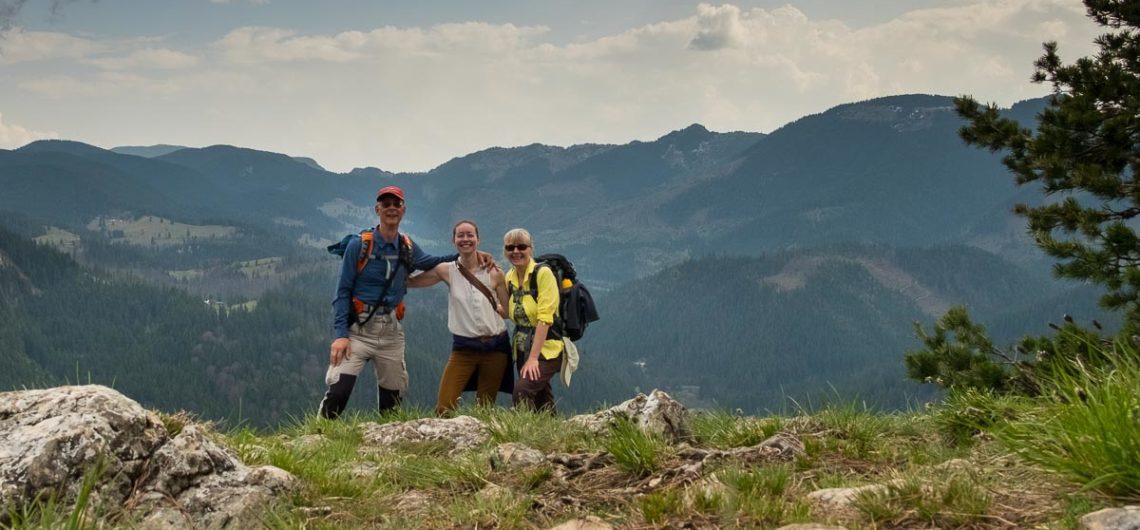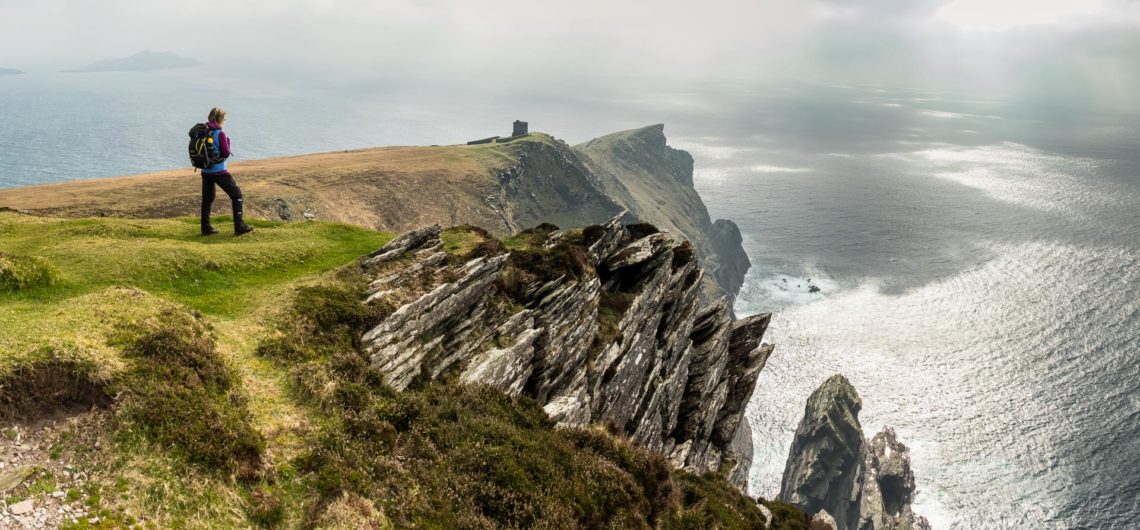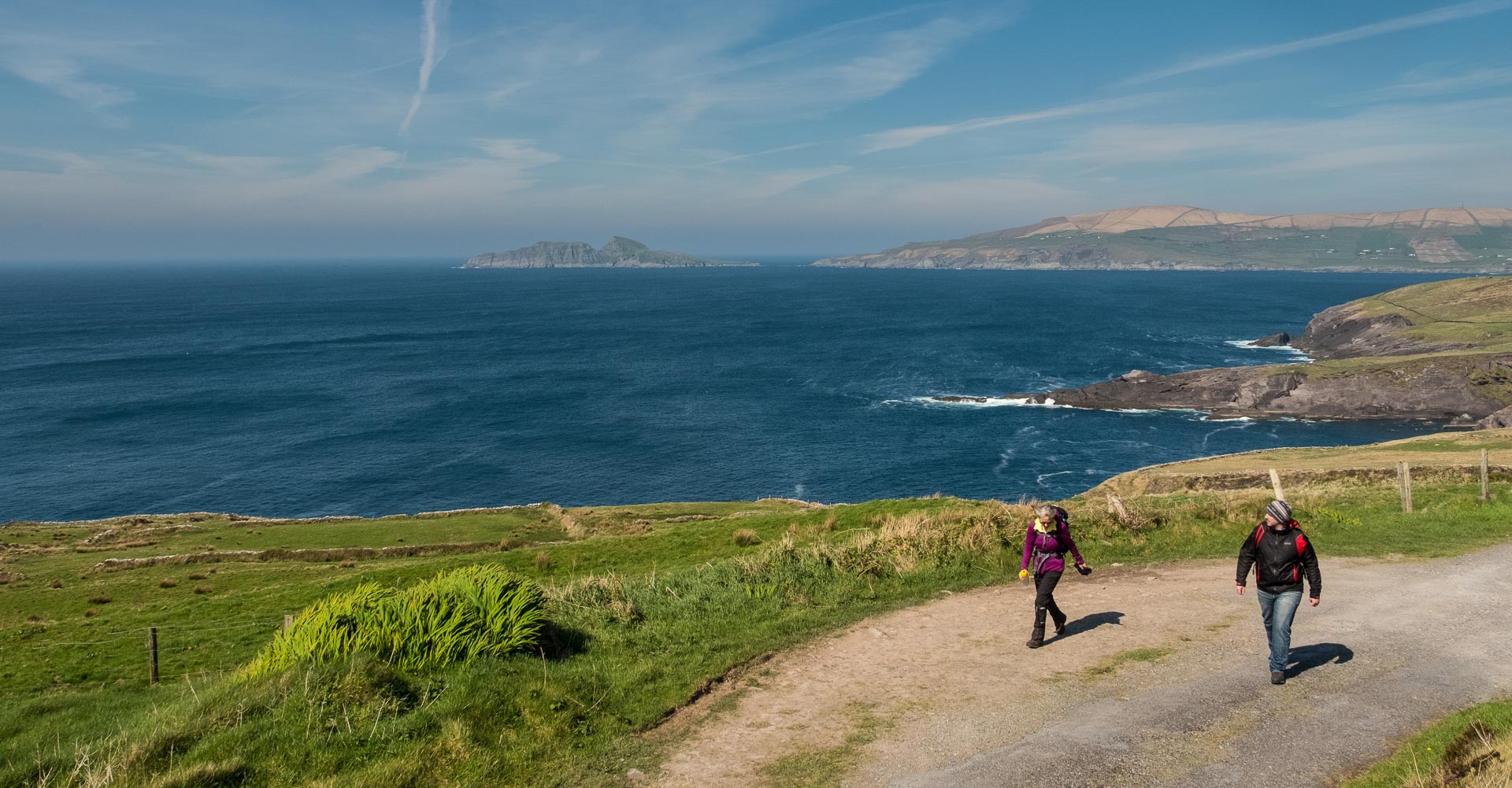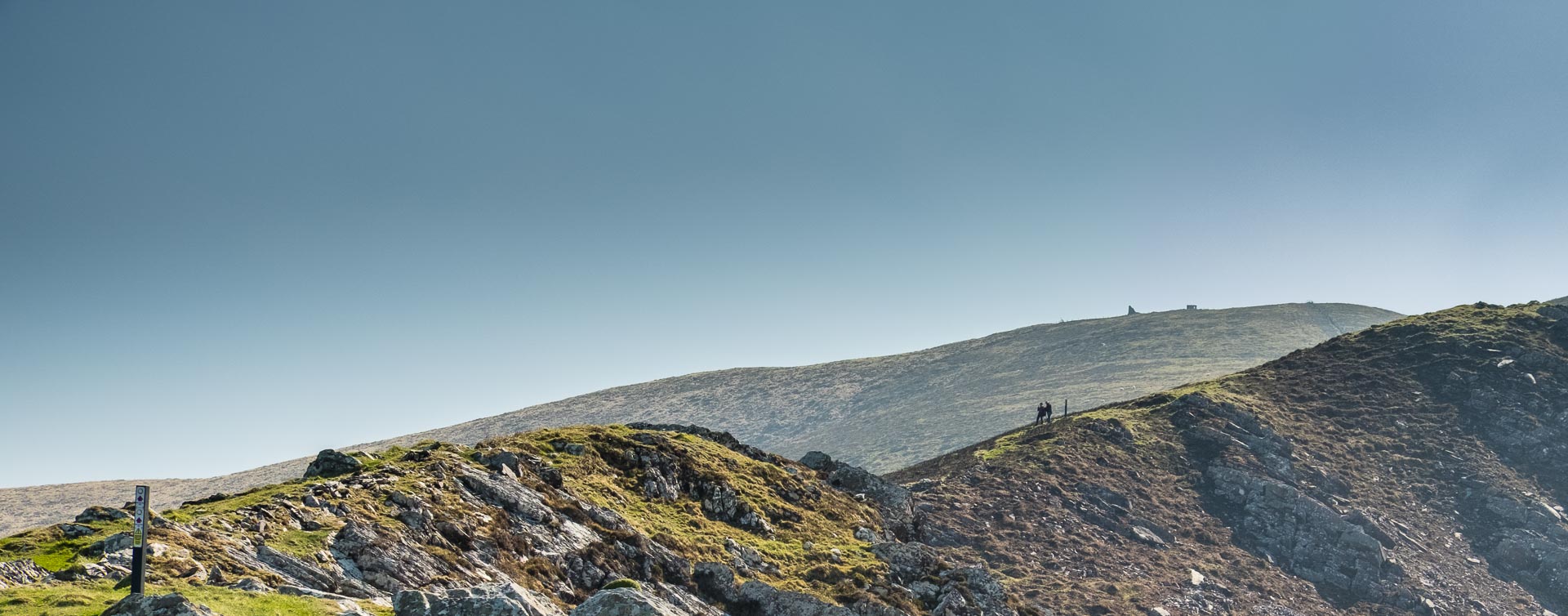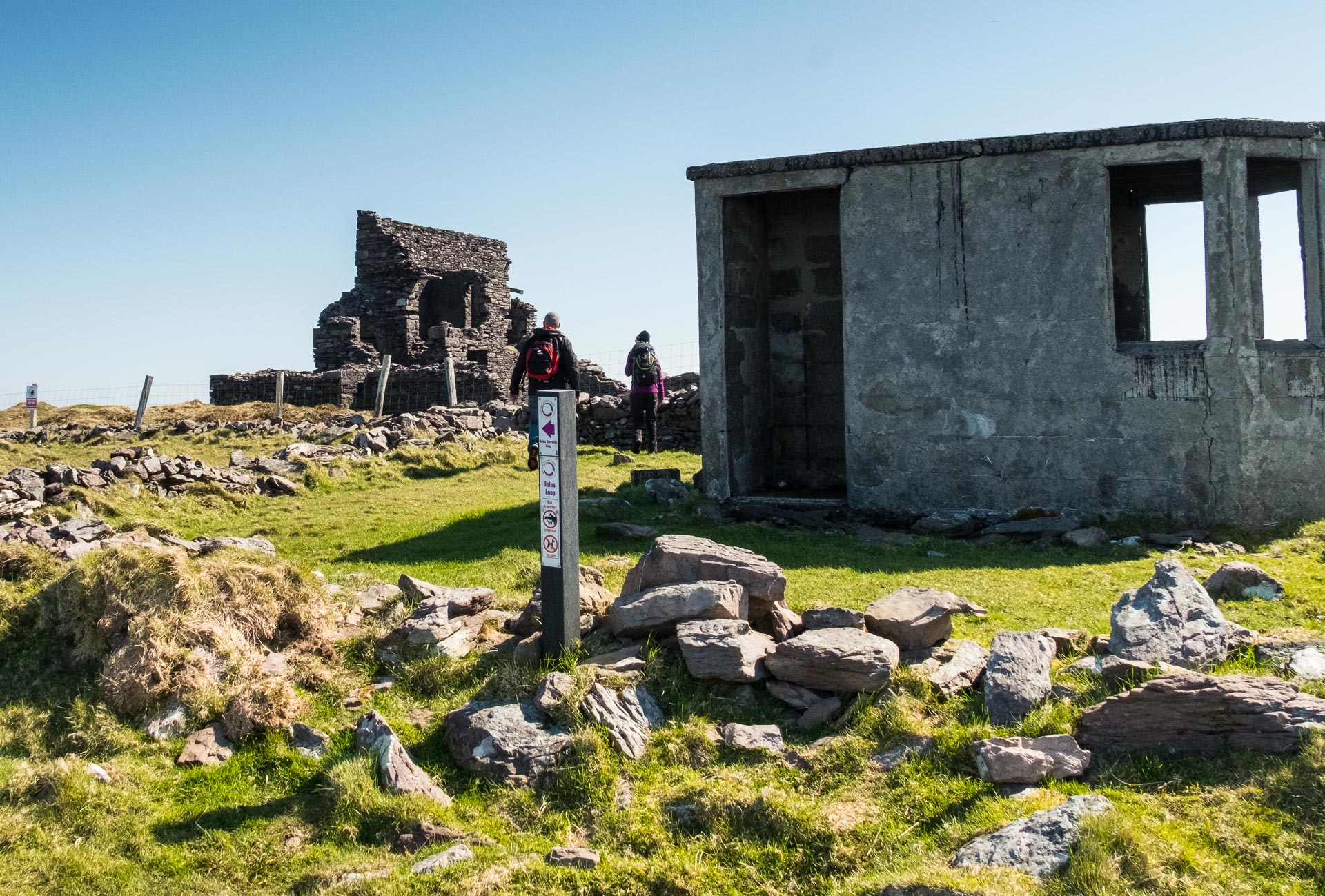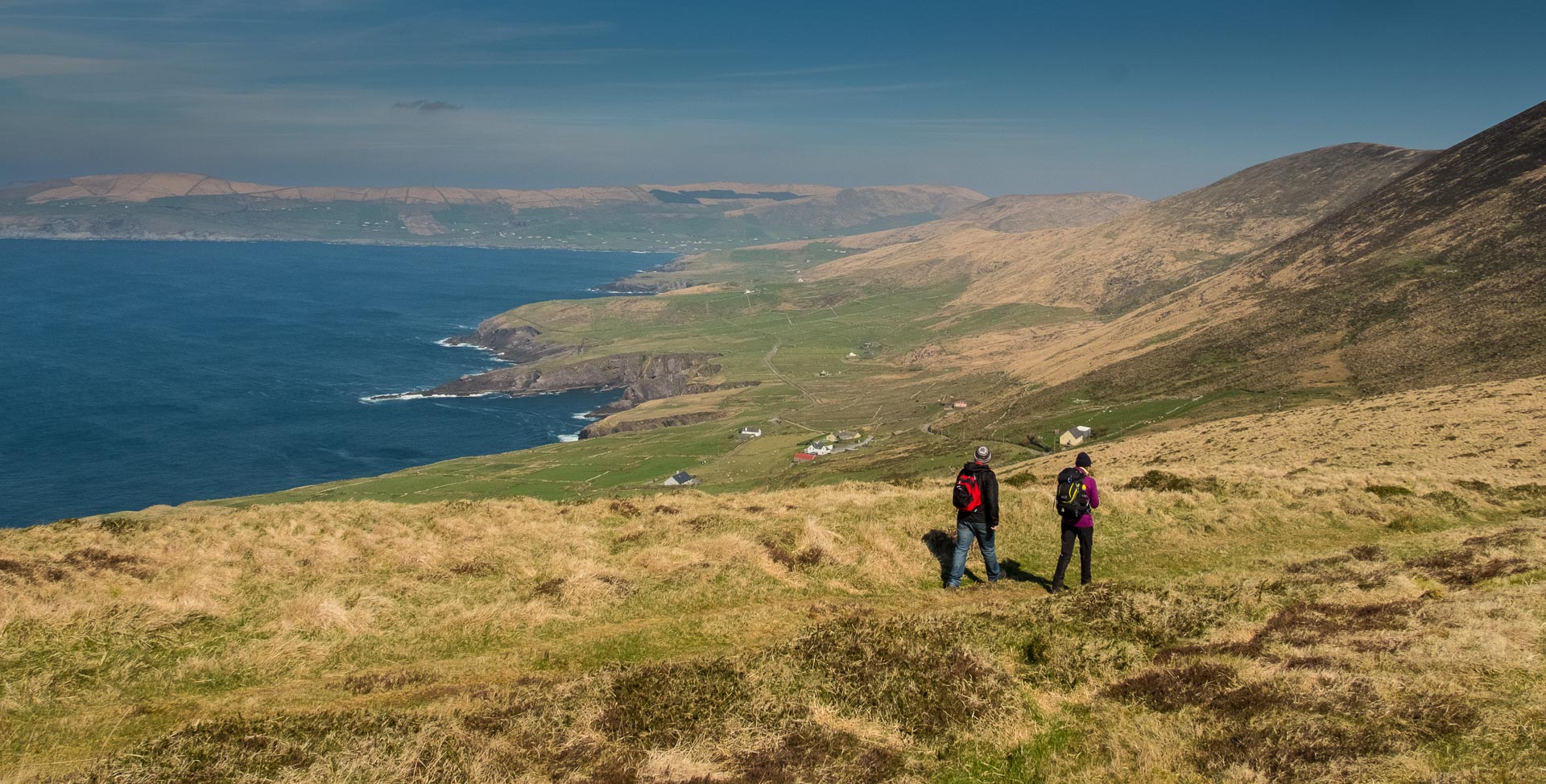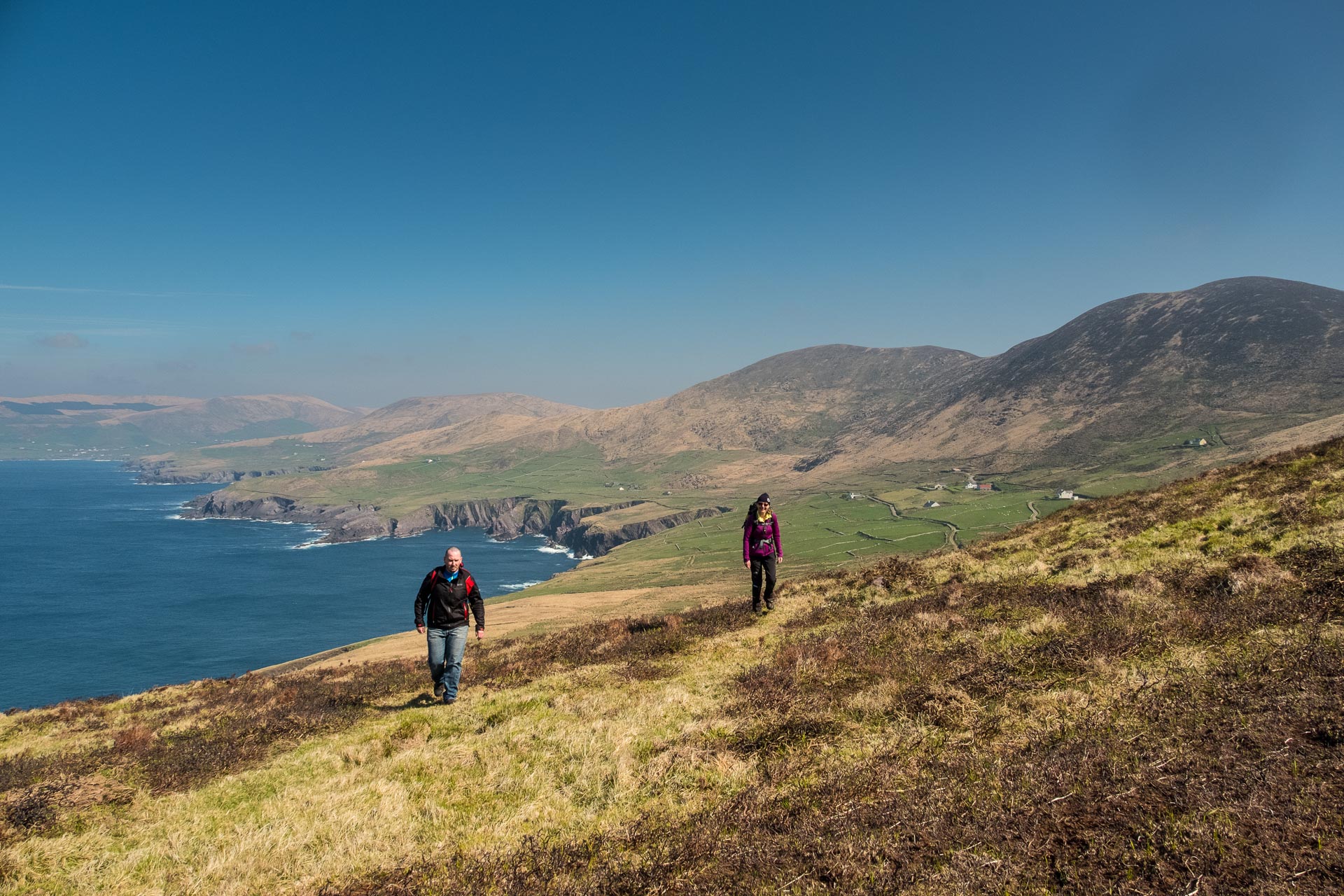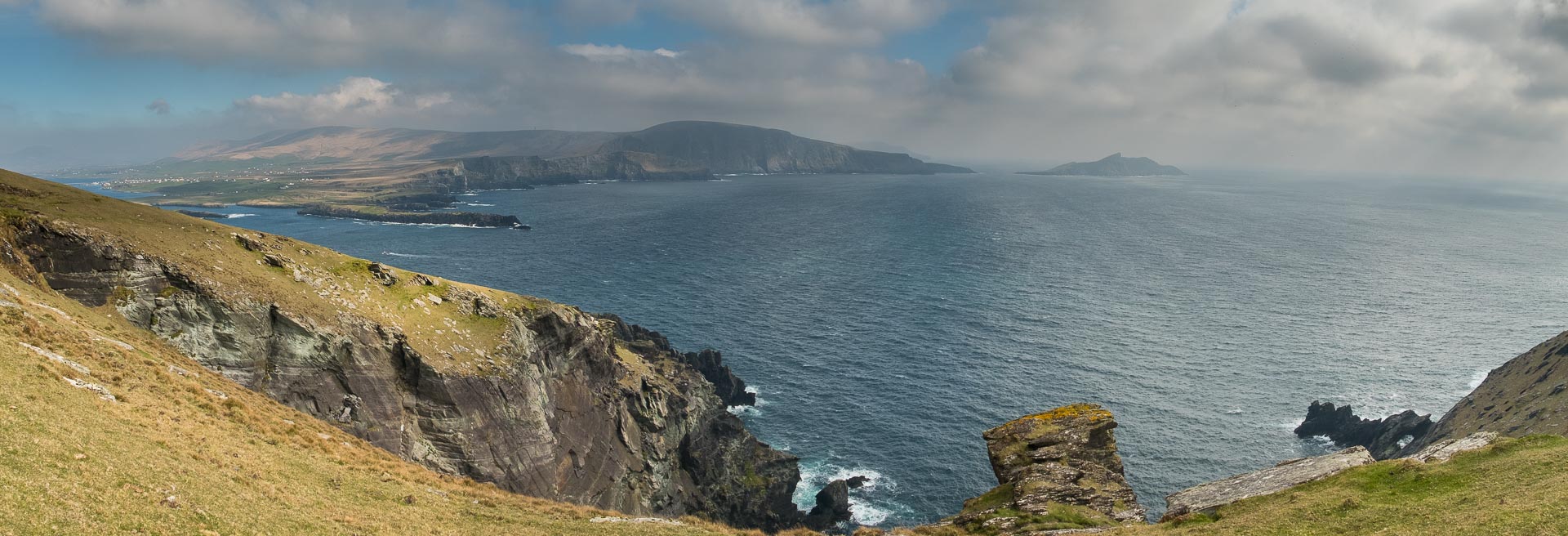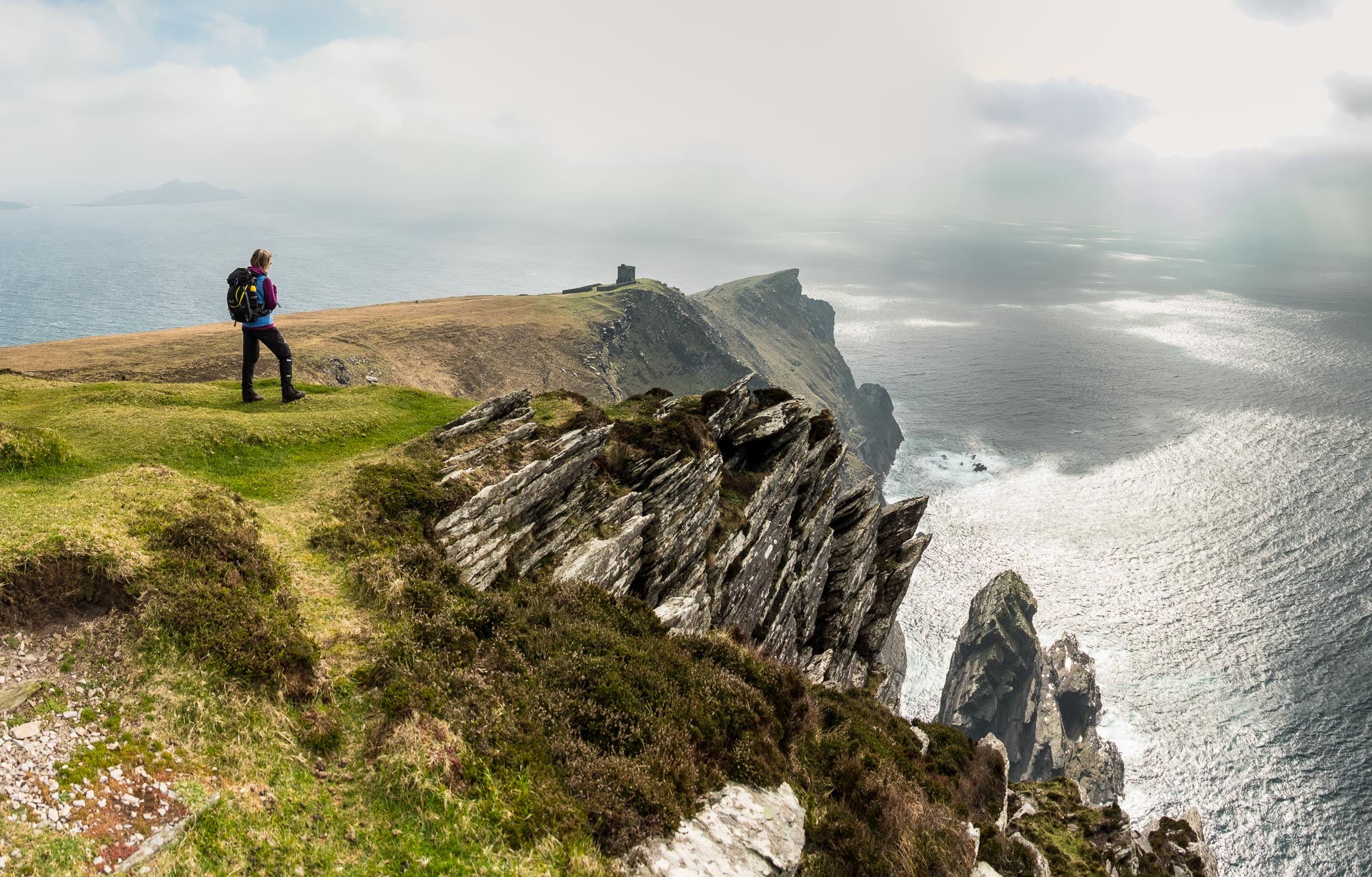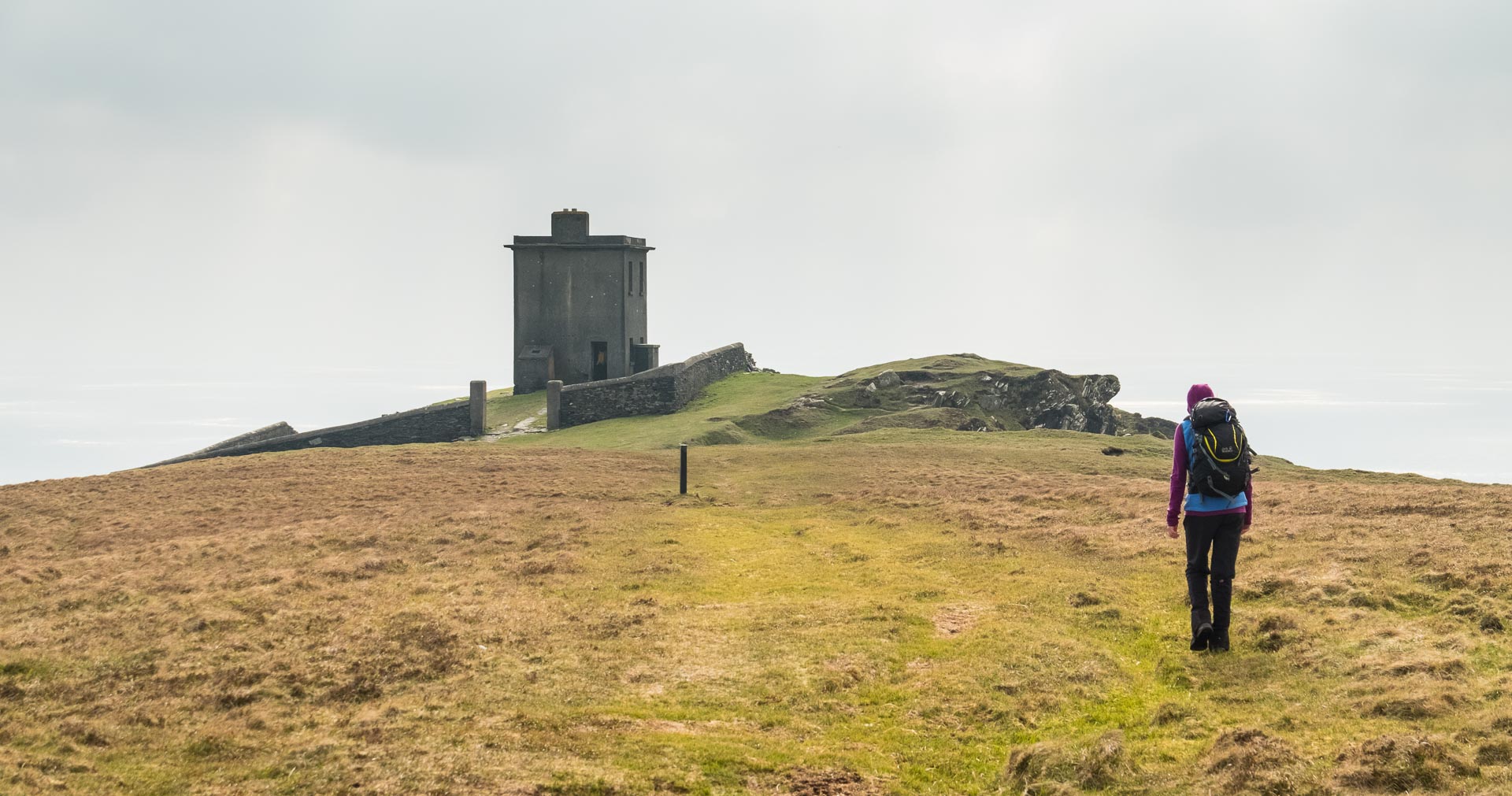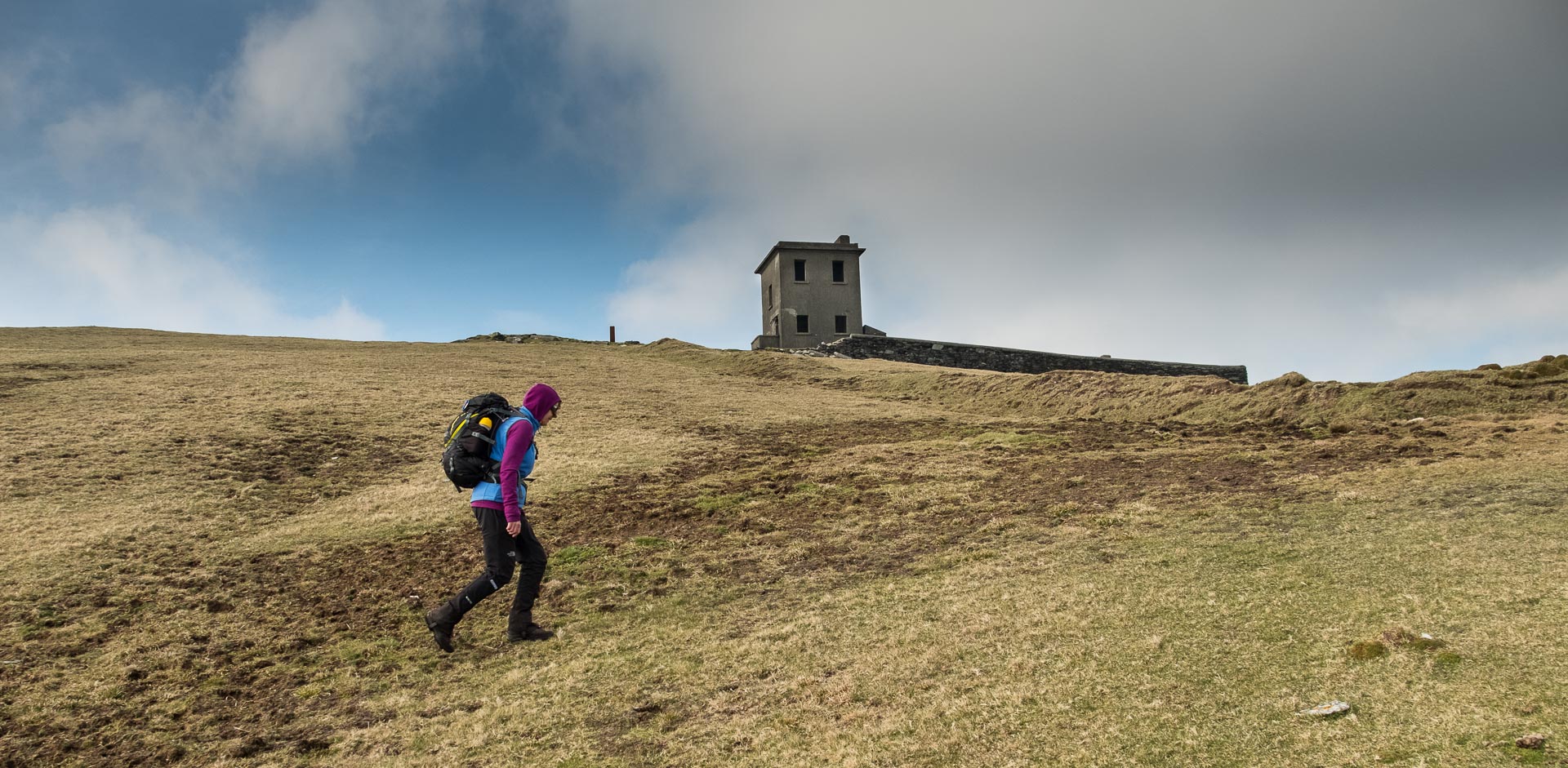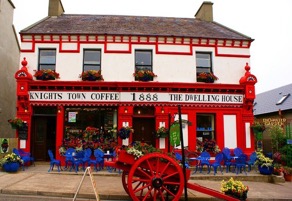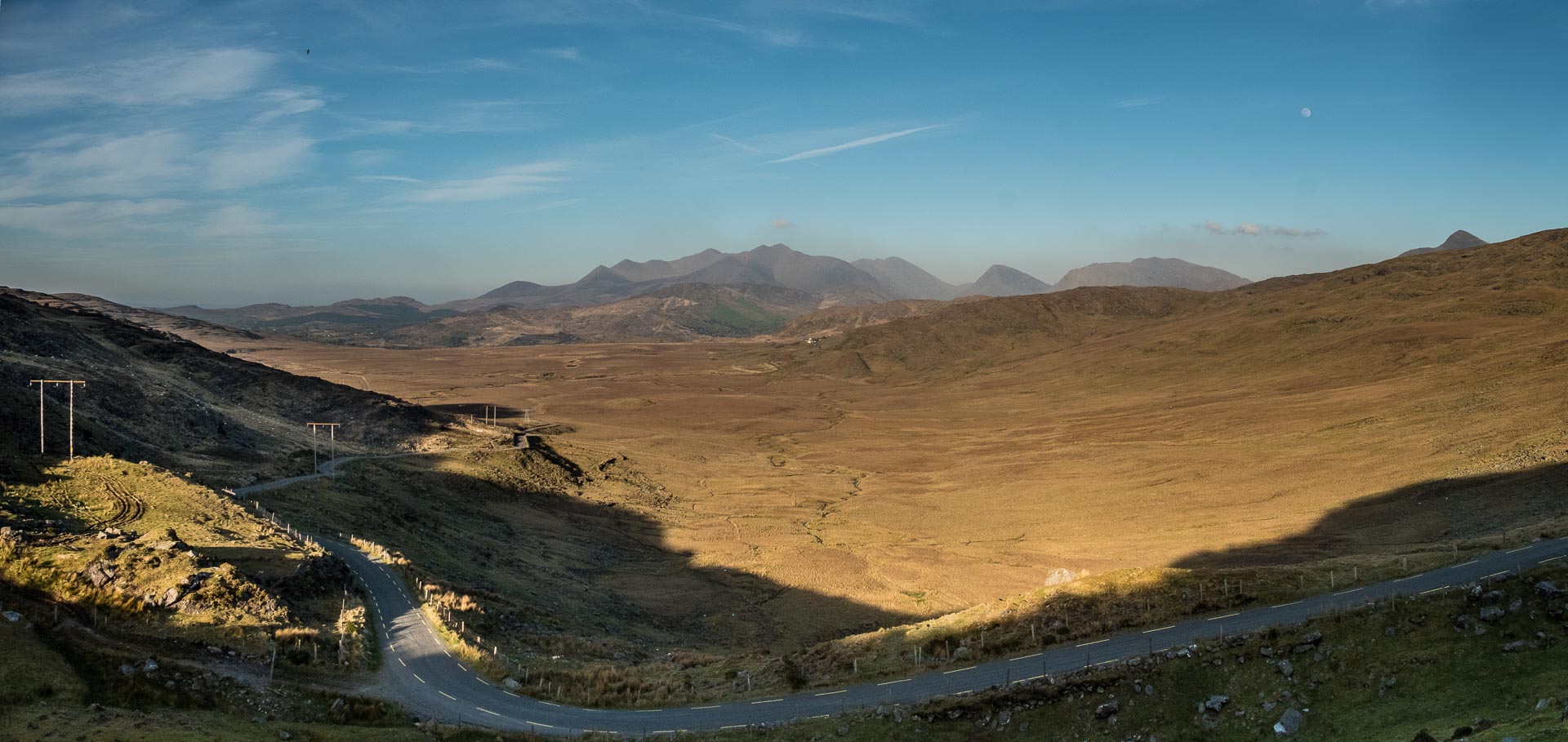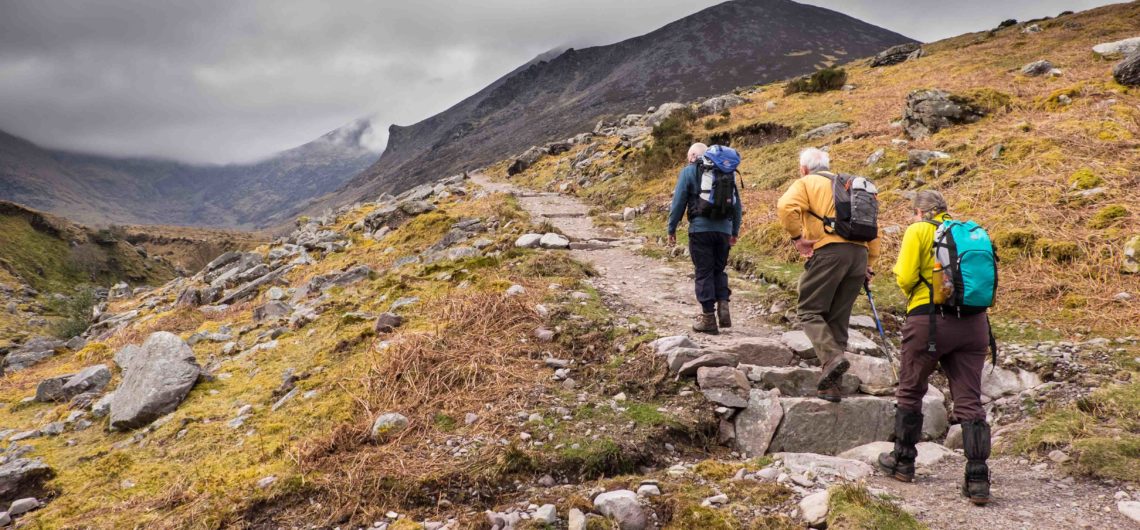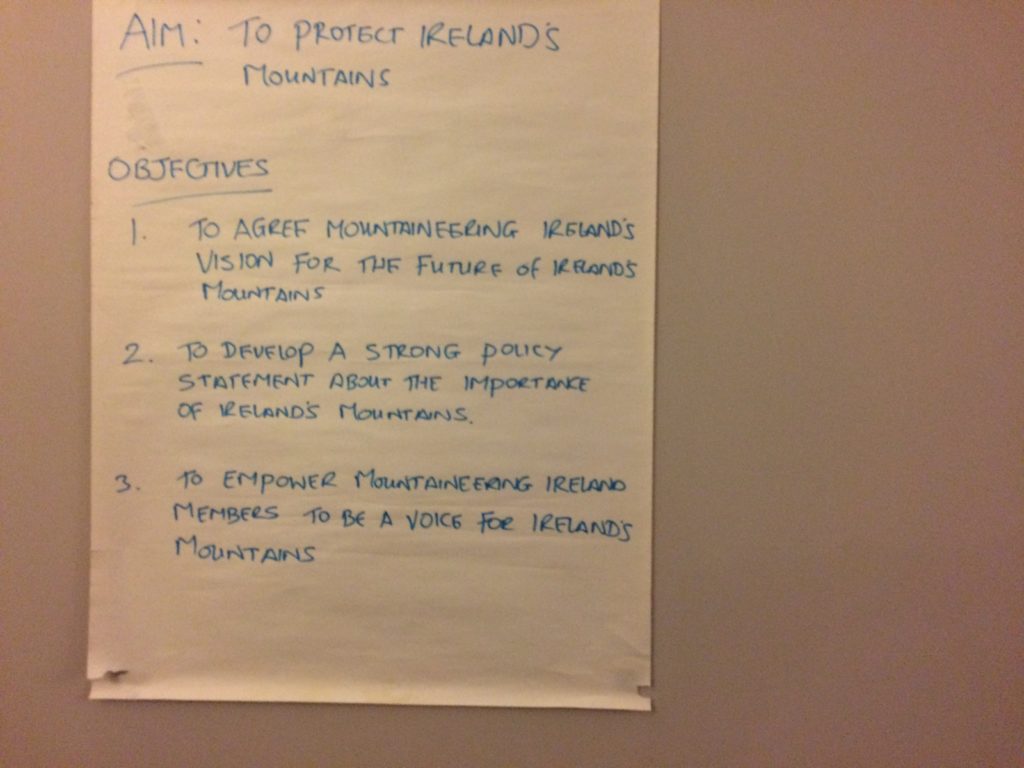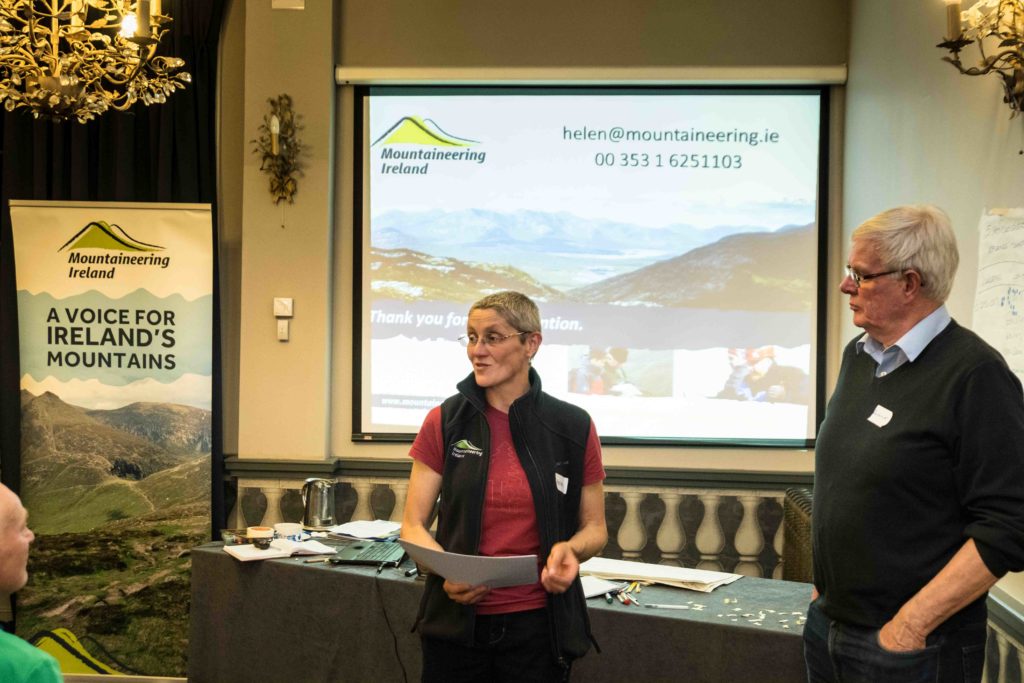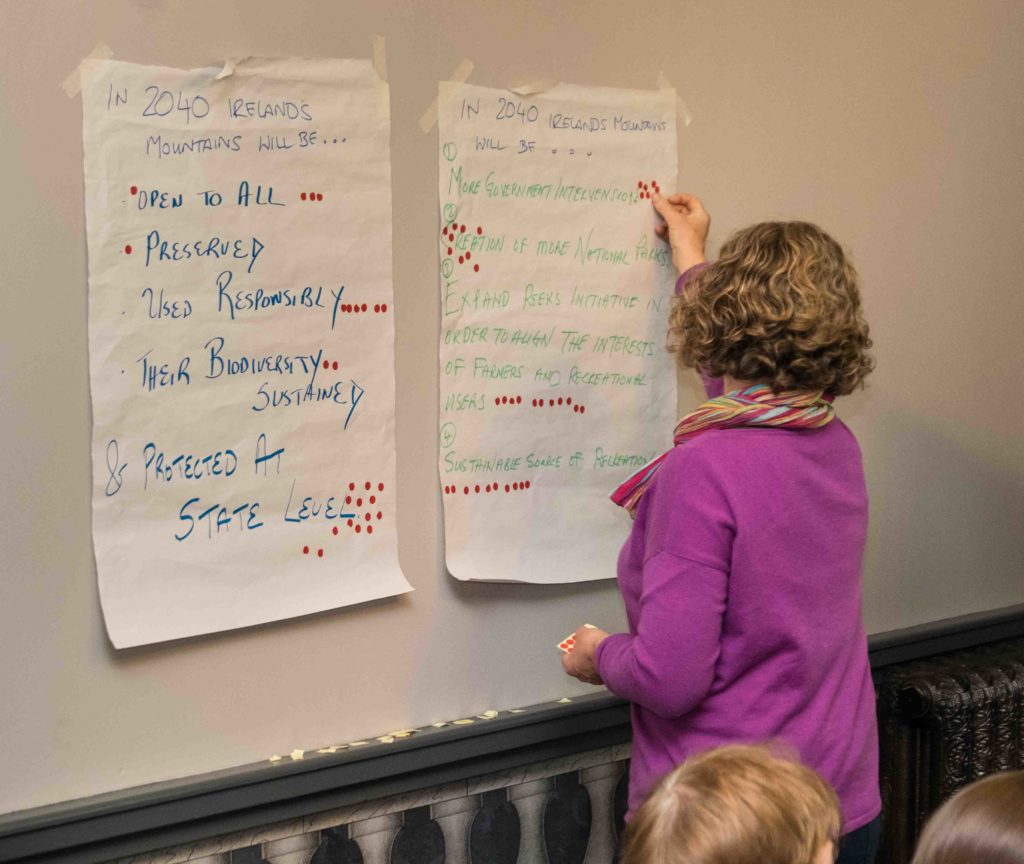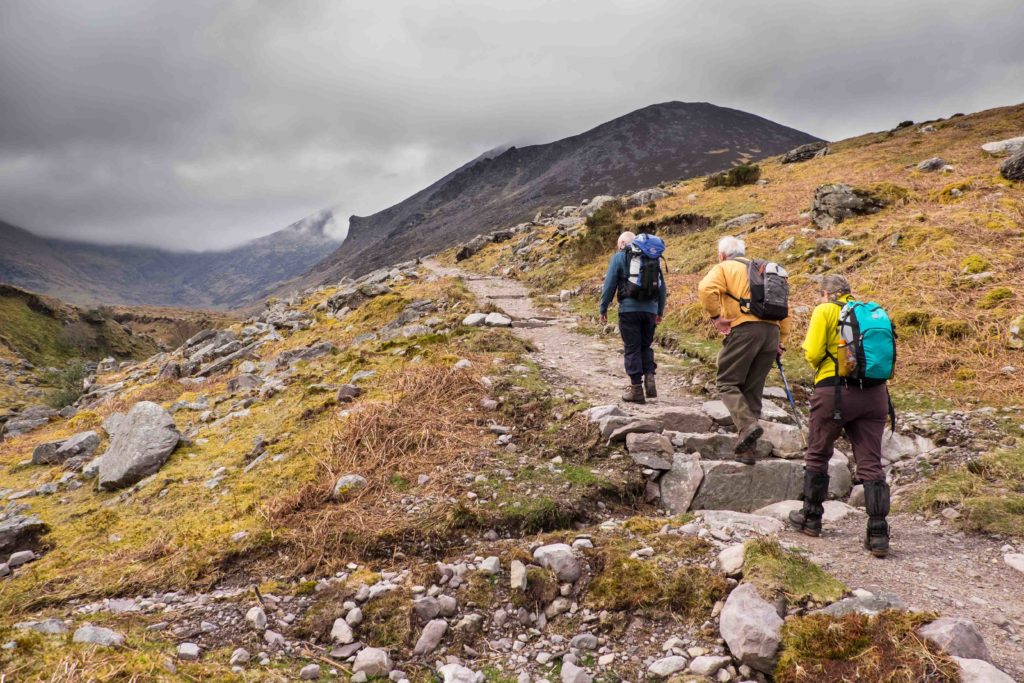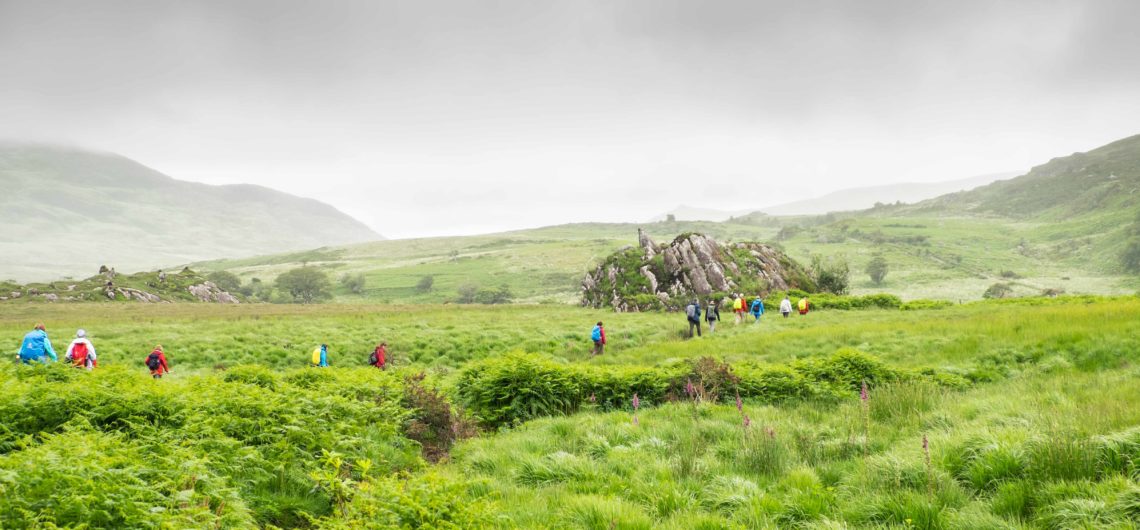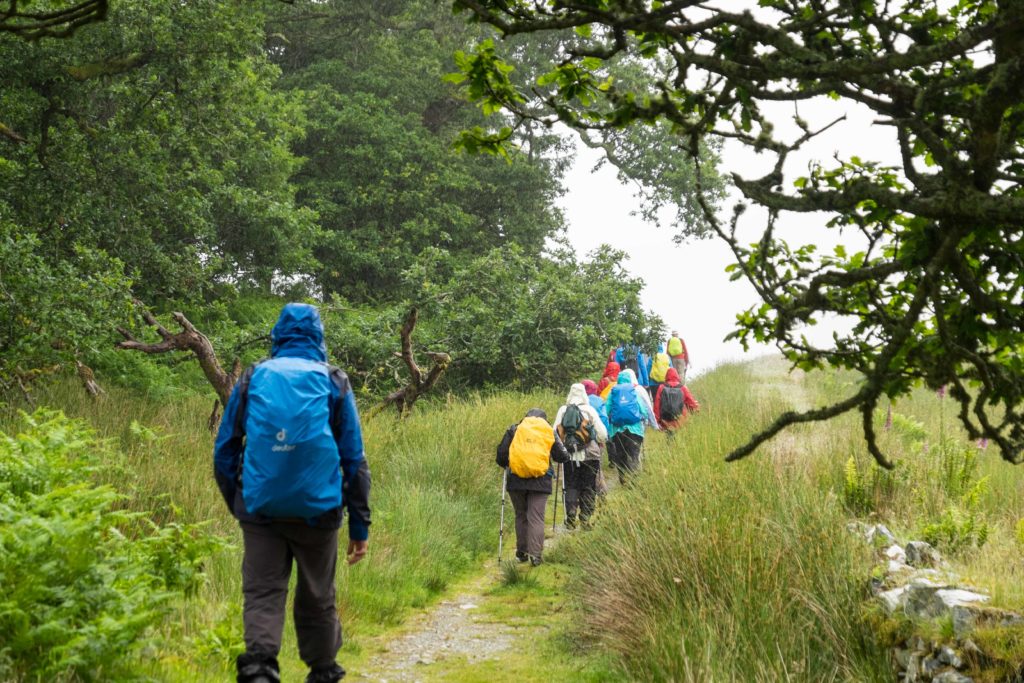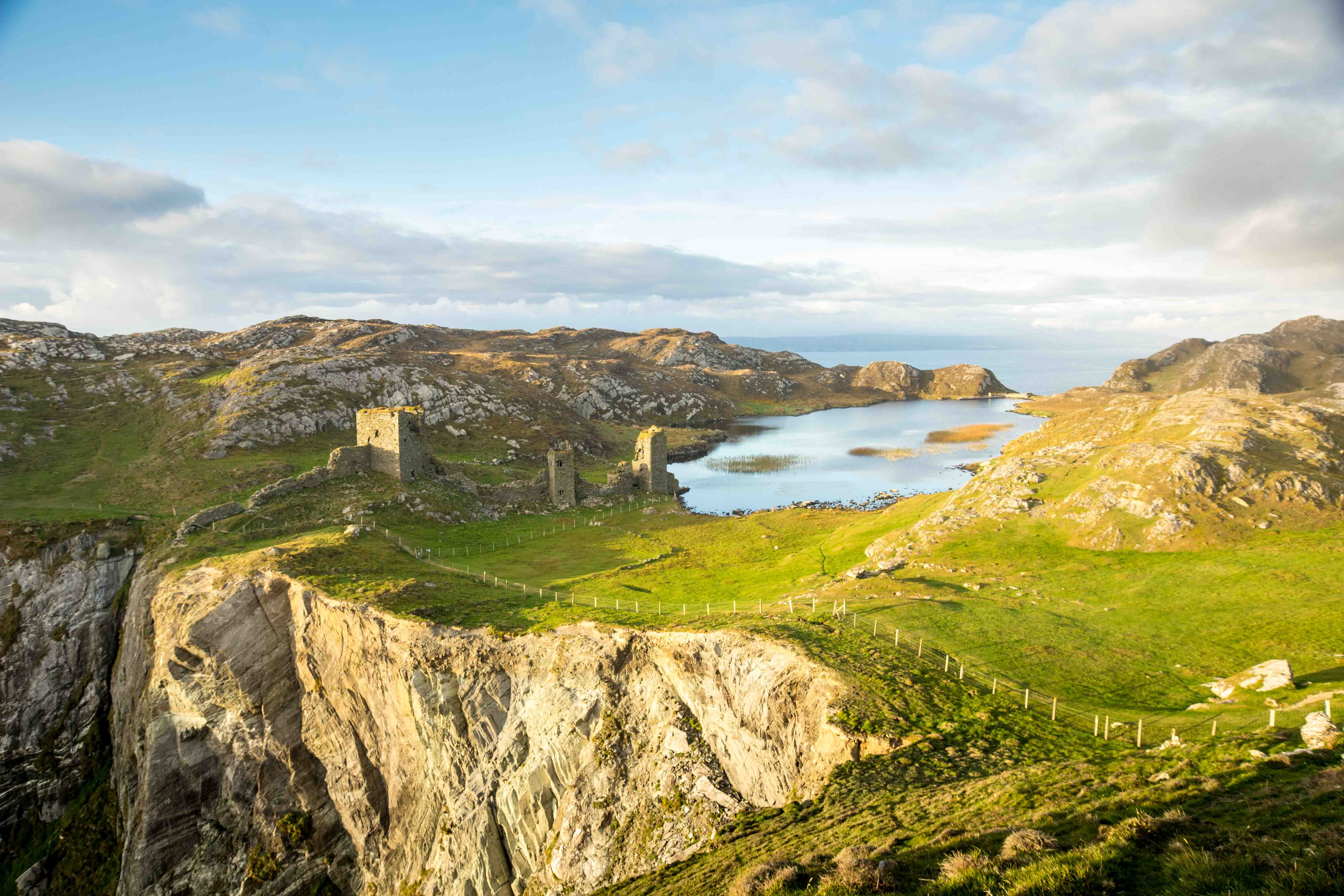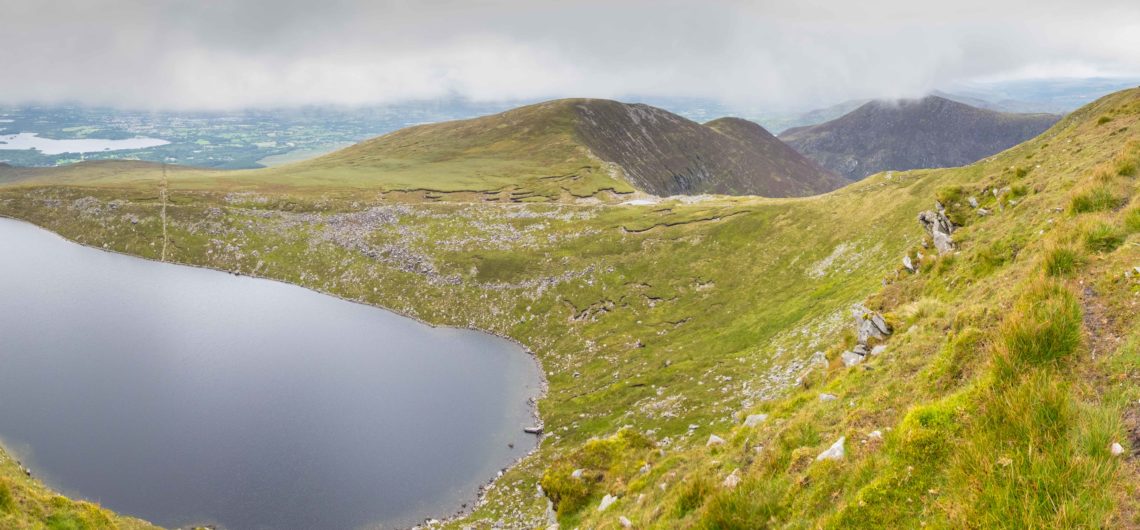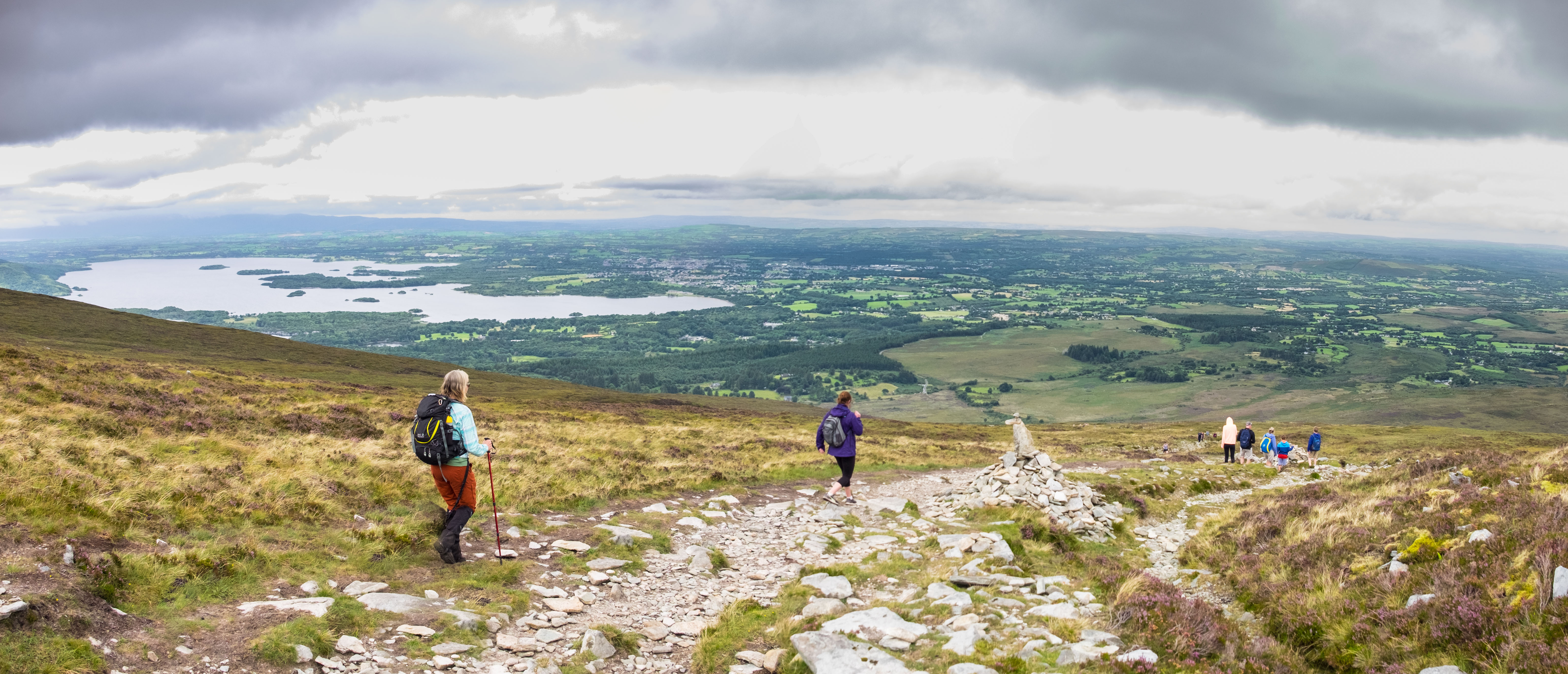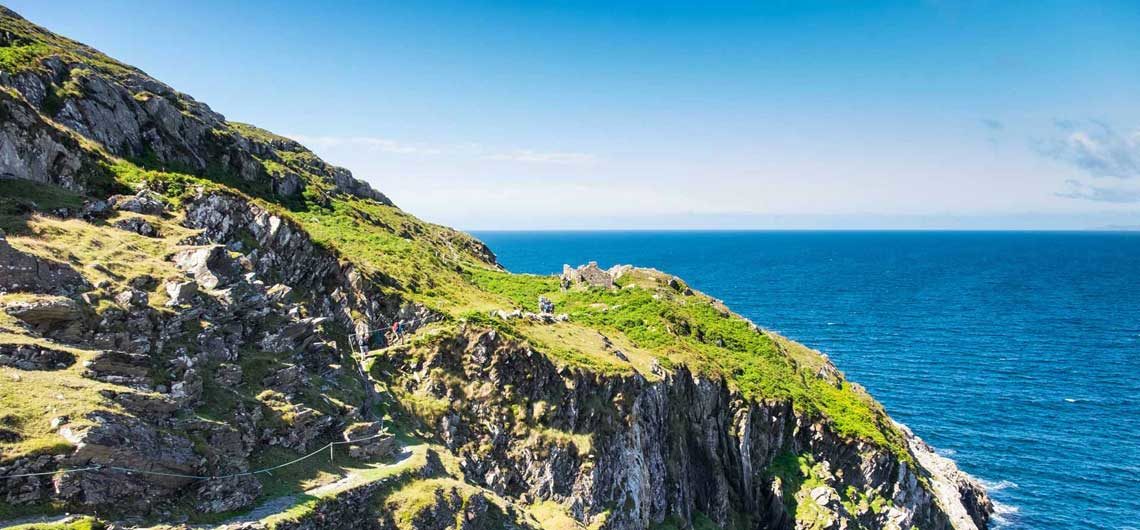Rockstart in Moldova
These past weeks we visited Karin van Soest, our youngest daughter, who organises and leads a startup program for early stage startups with a local partner (Tekwell) in Chisinau, Moldova. What a chance to see a place you would never think of going to! We spent 10 days with the locals, traveling with local public and private transport, the non-touristy way, and we got a real feel for the area.
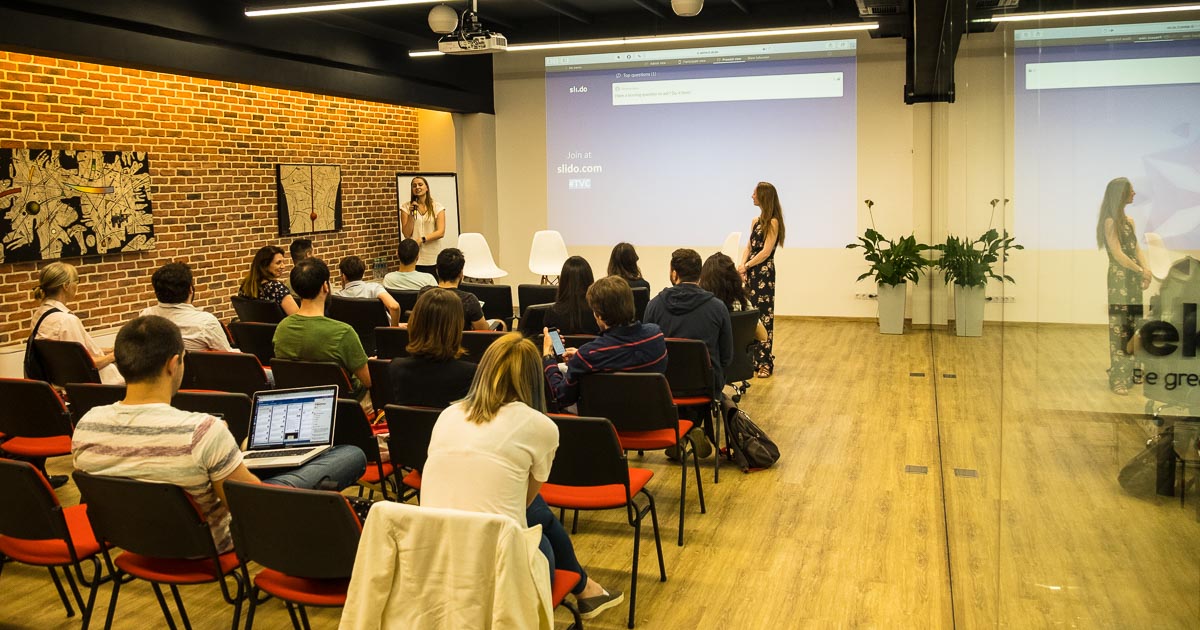
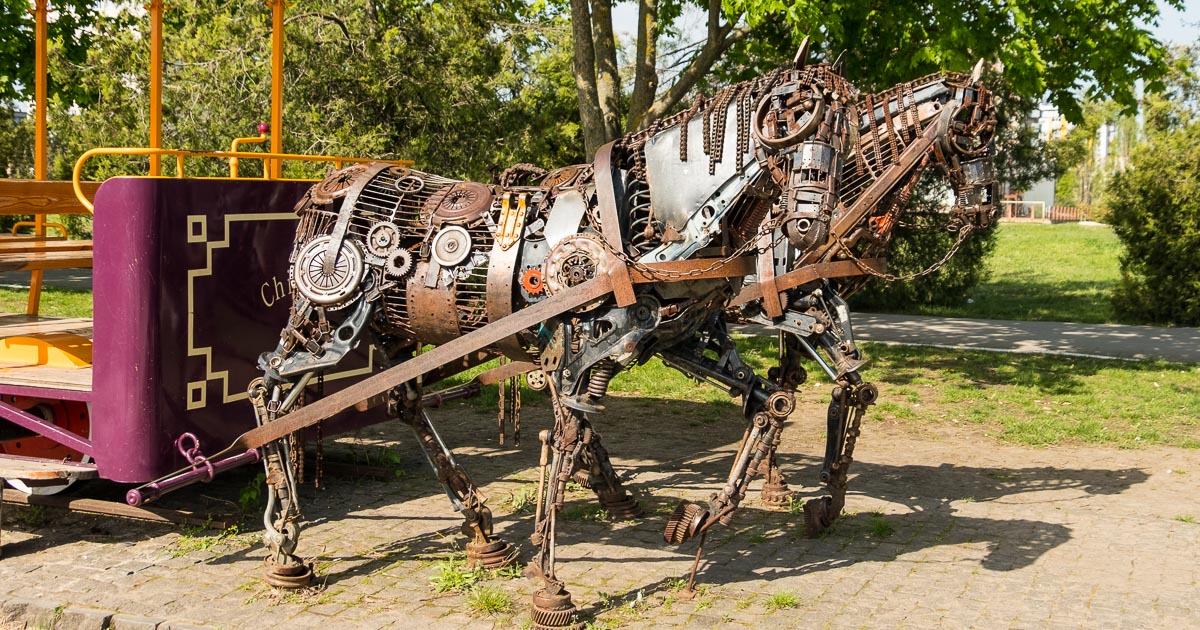
Chisinau Visits
We visited the Valei Morilor park, the museums and the huge market in Chisinau, the latter is where we went in search for the local busses that leave for all the surrounding regions of Chisinau, the capital.
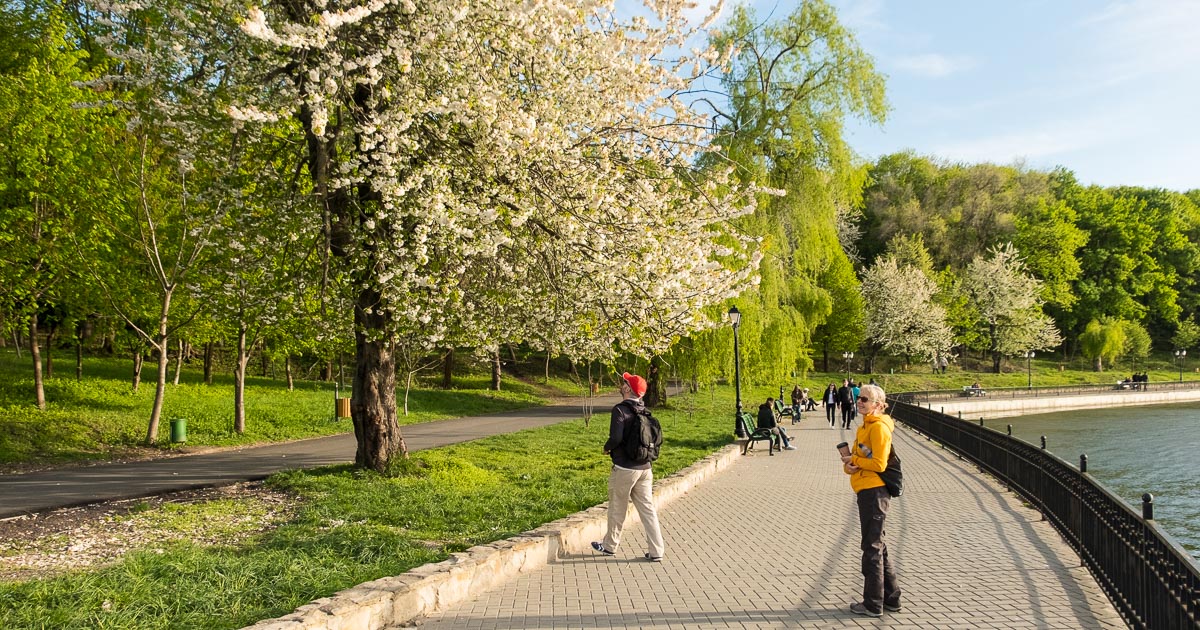
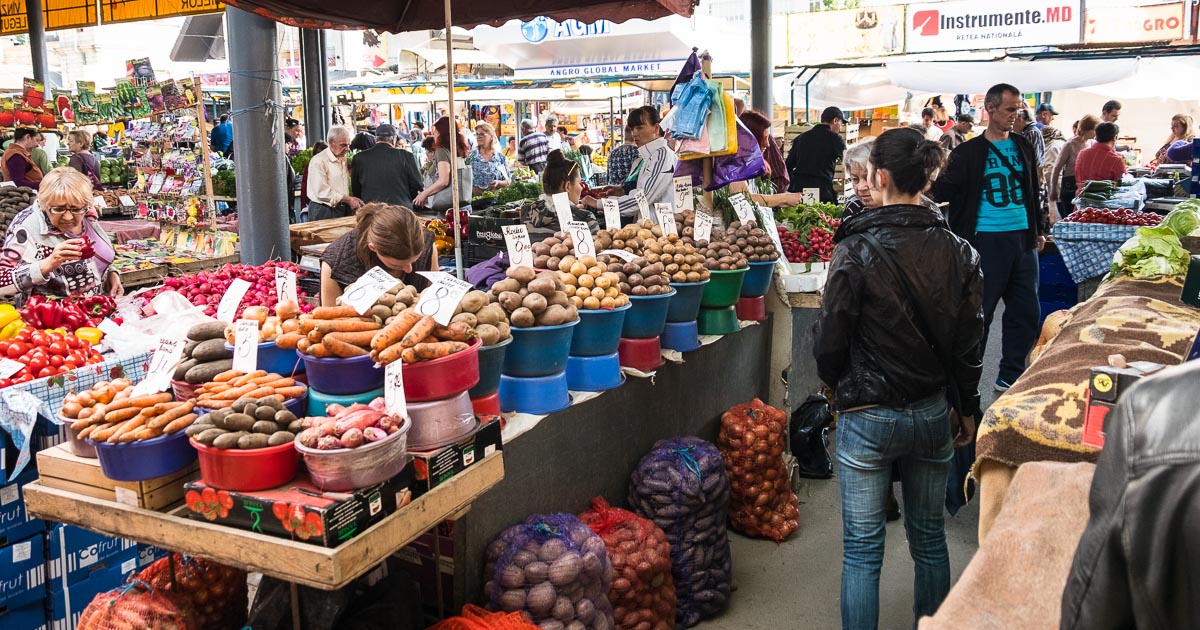
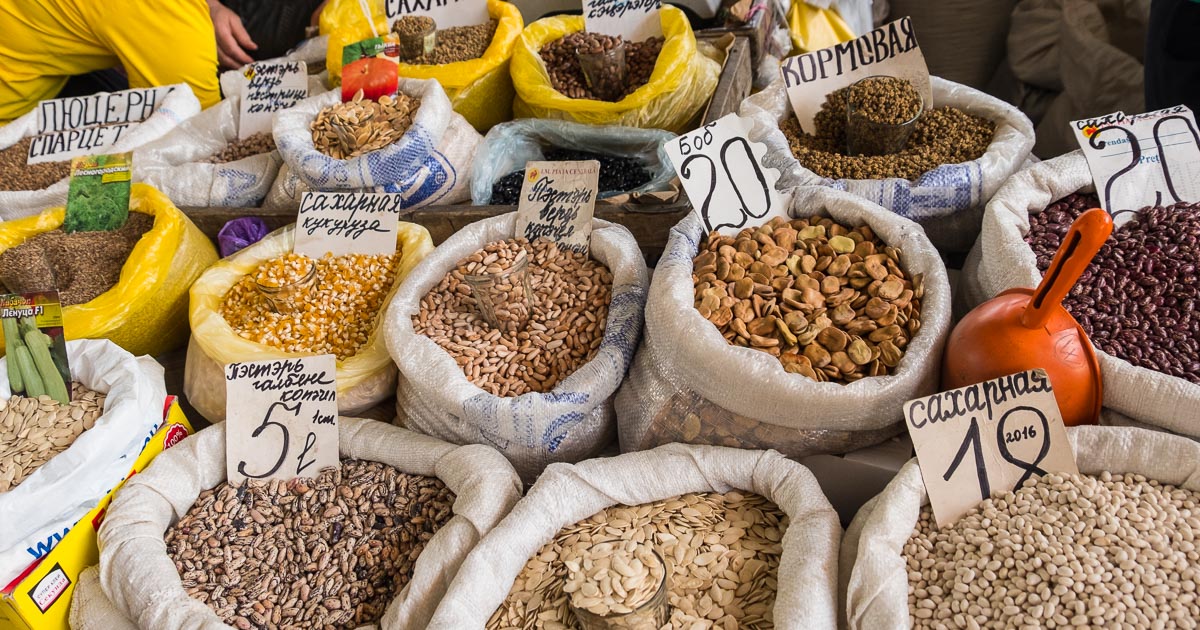
Orheuil Vechi visit
We finally found our “maxitaxi” to go to Orheuil Vechi, a place with a great amount of history and cave systems. Our adventure was made much easier by dontstopliving.net, the blog of Johnny Blair from Bangor, who had visited three years ago, and gave us lots of invaluable information on where to find the transport, and about the Monastery and village where we visited.
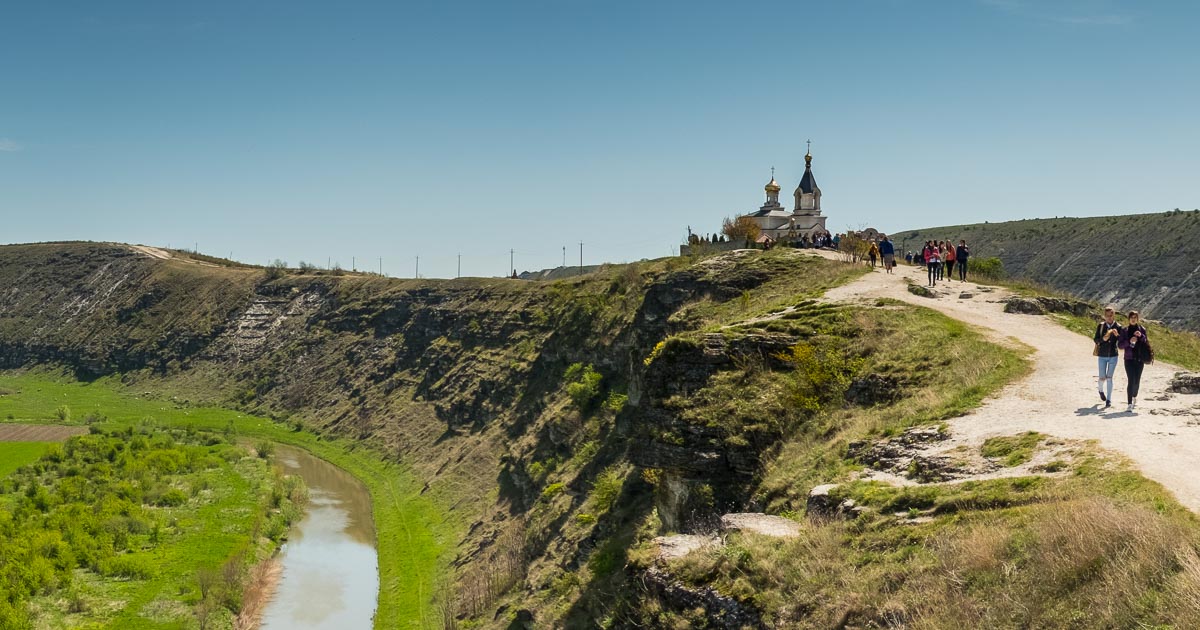
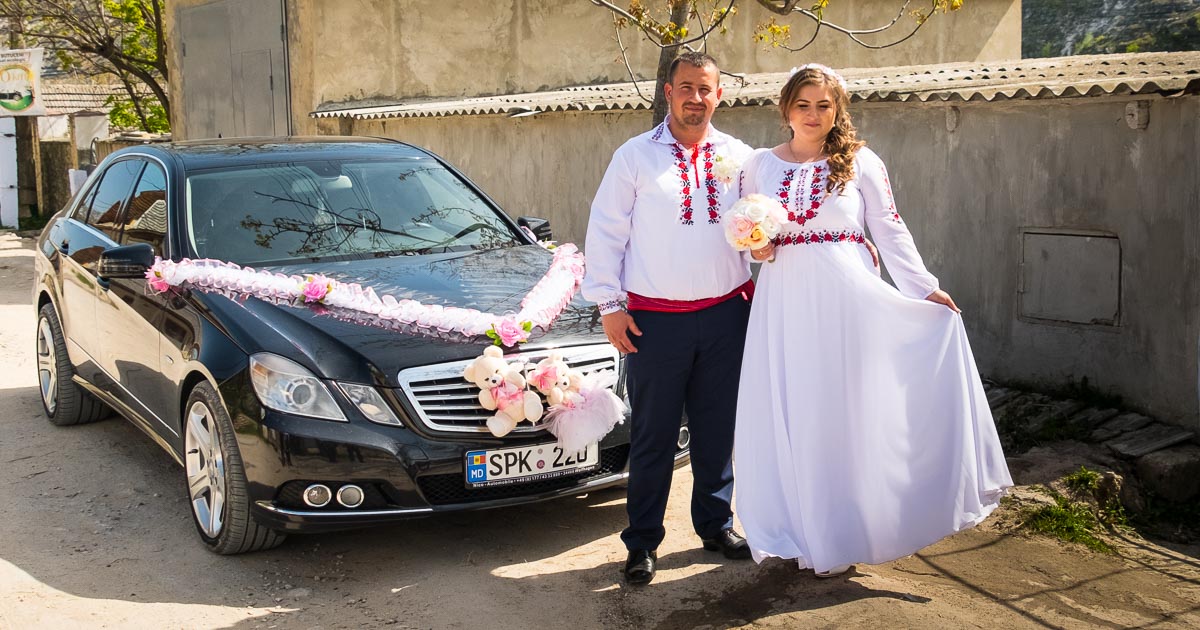
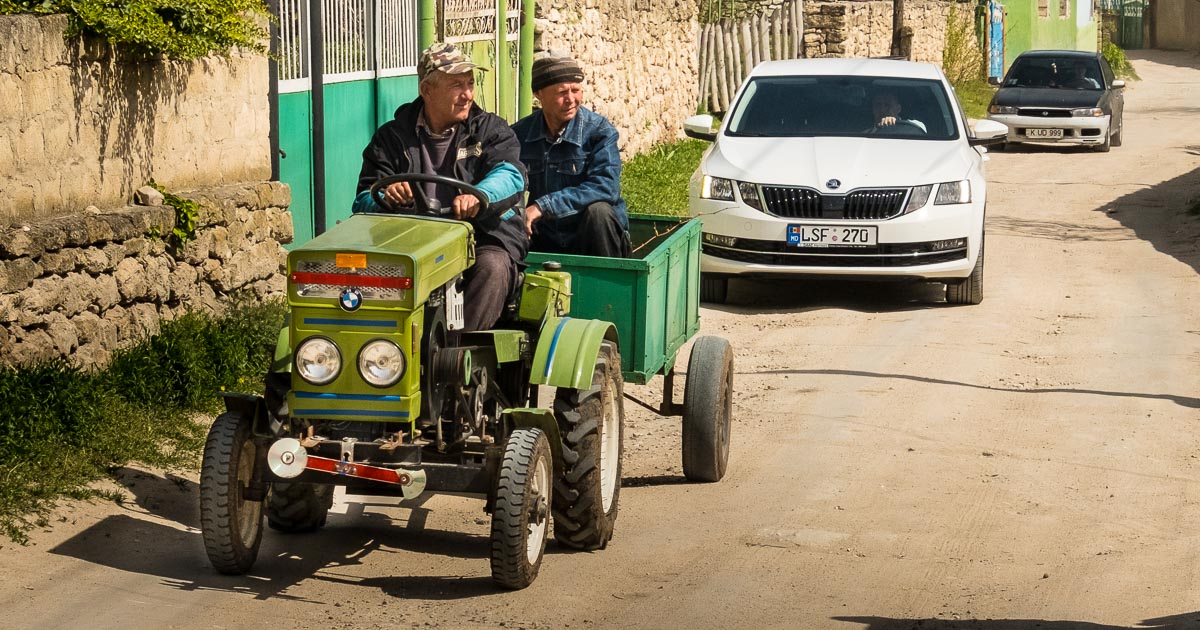
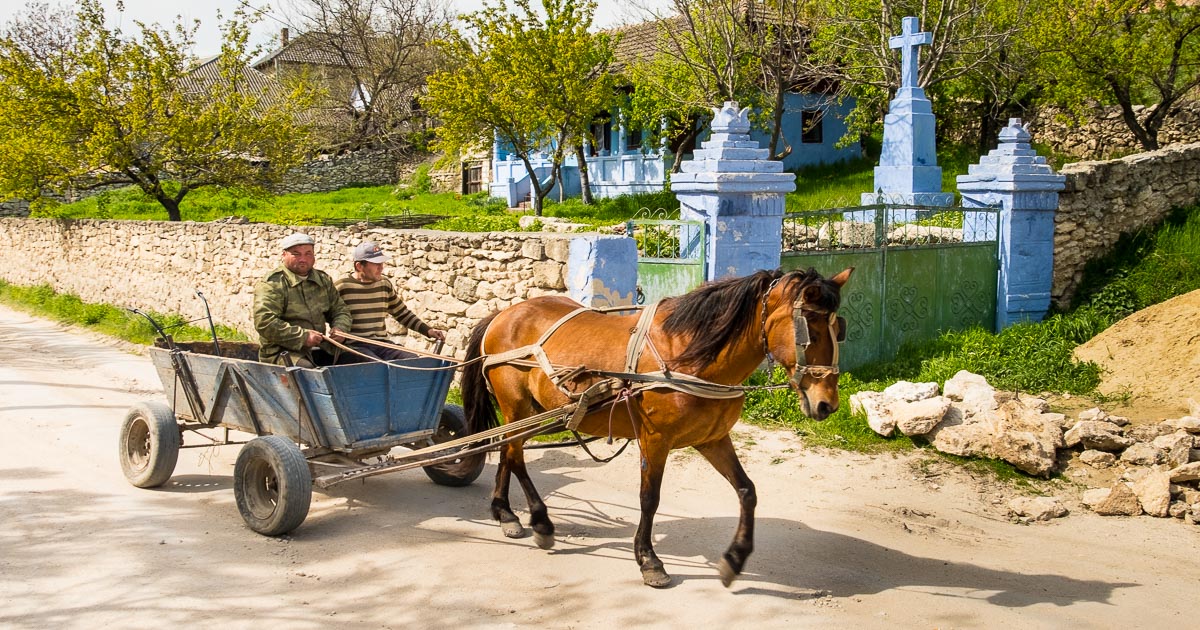
Chisinau National History Museum and Orheiul Vechi Treasure trove
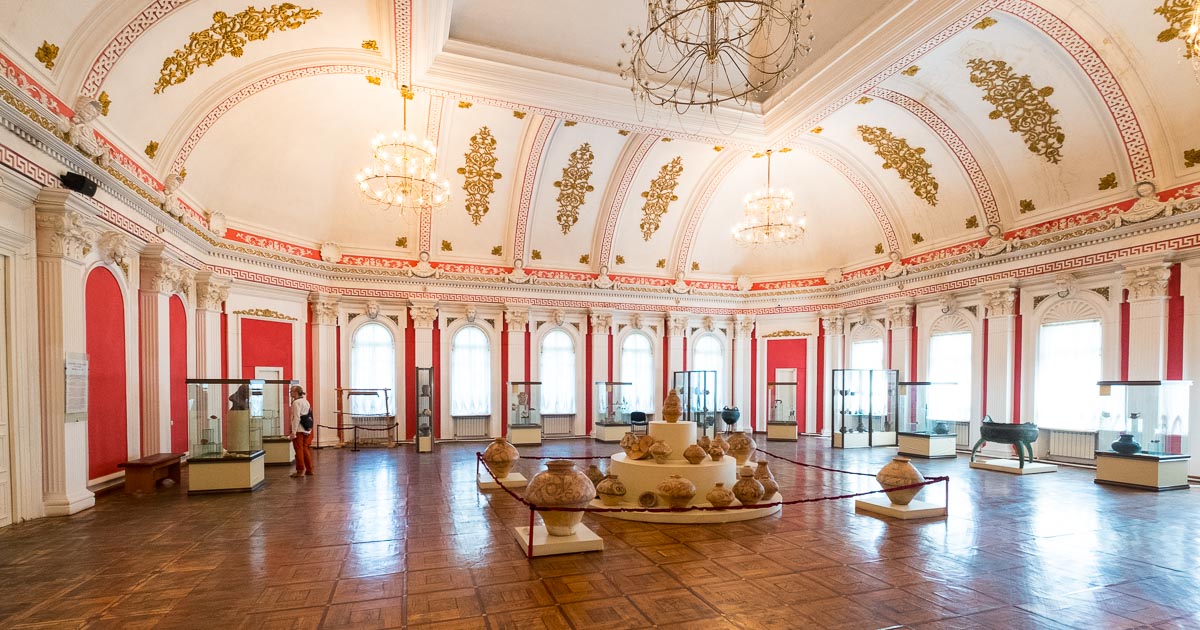
Later back in Chisinau, when we visited the museum, we found that a huge hoard of coins, medieval bathhouses, and other 14th century buildings were found by the bridge over the Raut river, a few kilometers away in Trebujeni; so a few days later back we went to see this village and surrounding area, caves and beautiful views of this valley. We find it is better to explore one area in detail, than to try to travel to to many places in a short period of time, we find that you can only experience very few things that way. During our day trips we had lots of contact with the villagers and the children. They spoke very little English but this didn’t stop us from communicating and we lots of fun and a new experiences for us as well as them. We noticed that very few tourists visit this little village, only a few kilometers away from the well sought out tourist destination of the monastery of Orheuil Vechi.
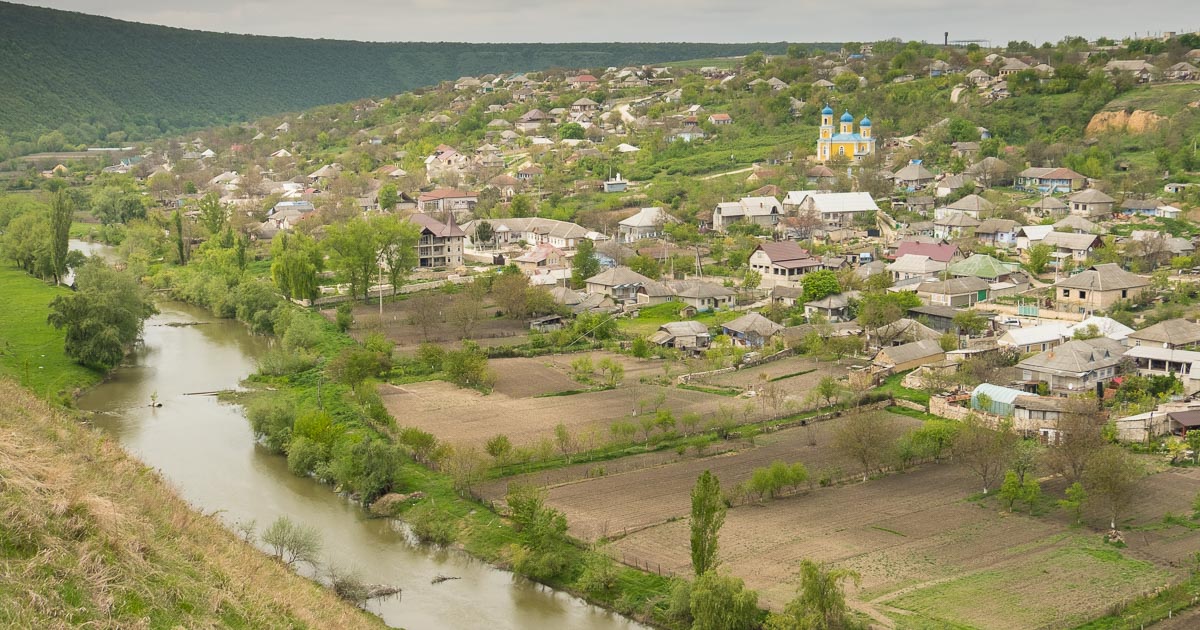
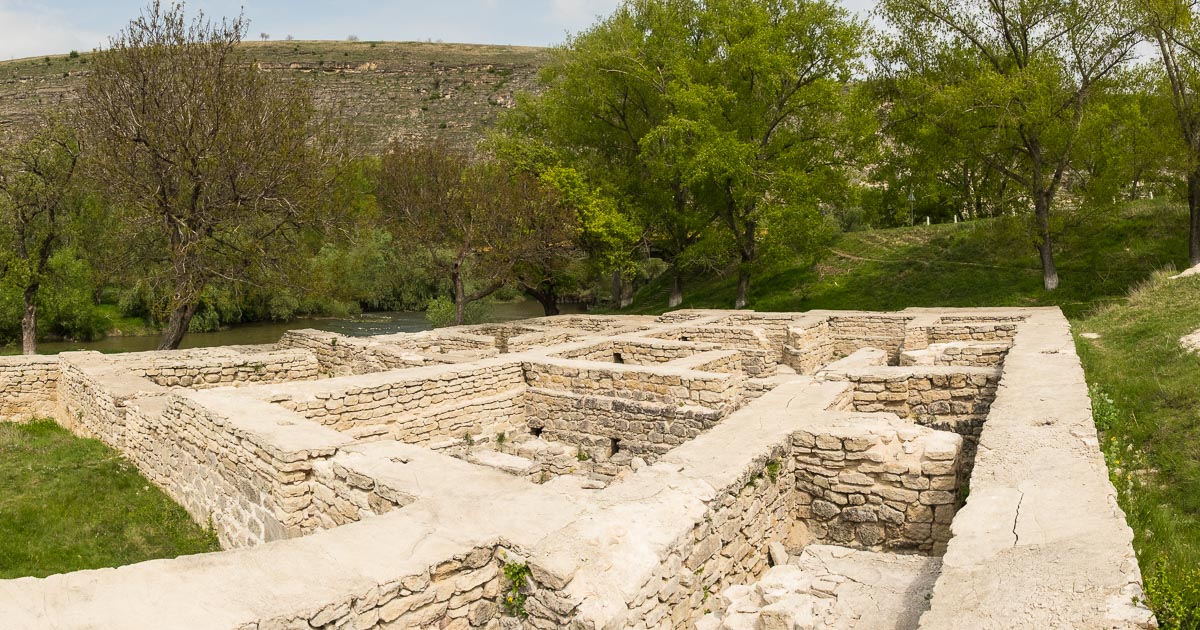
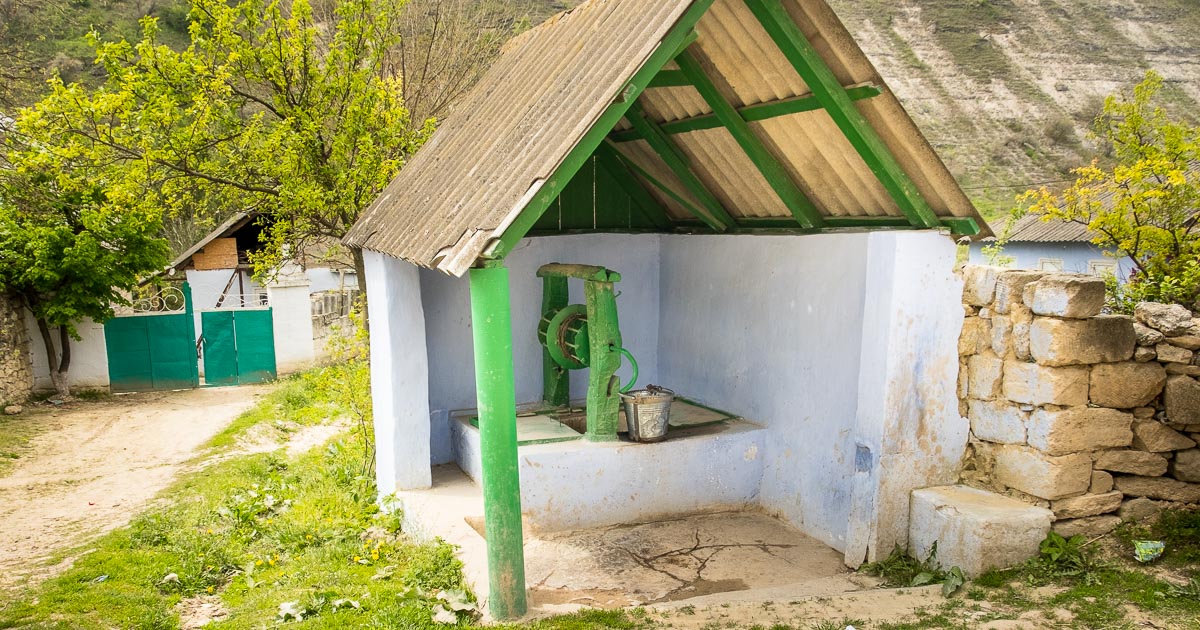
Epic Journey to Piatra Neamt in Romania
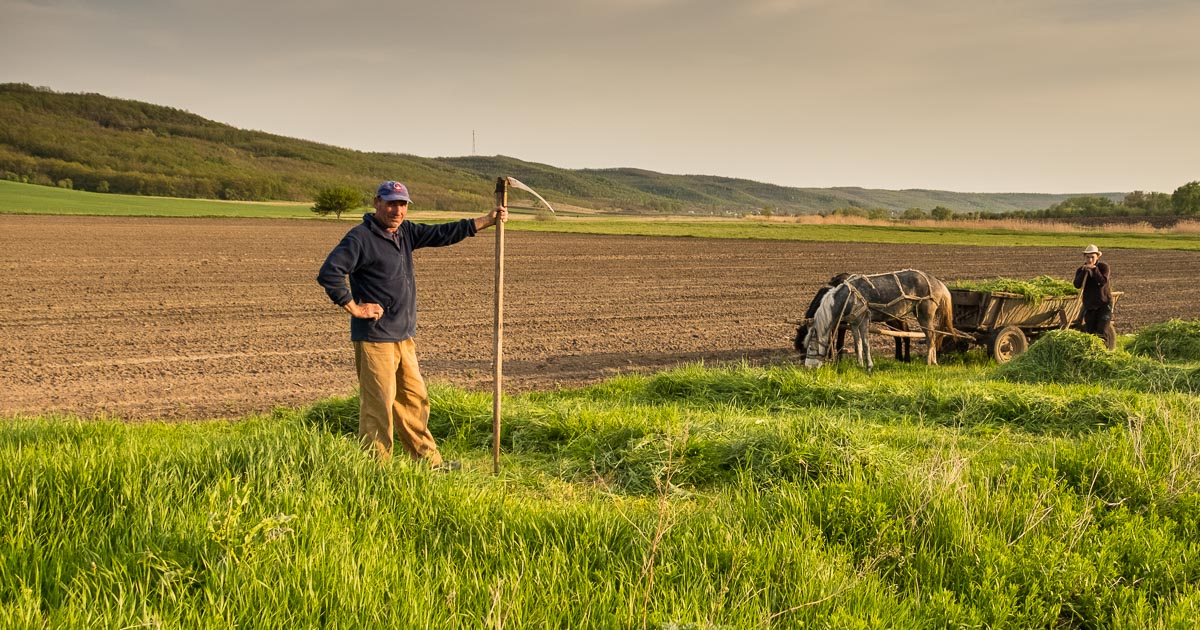
During the second part of our trip we ventured to Piatra Neamt in Romania, this was an epic journey that in distance was only 300 kilometers each way, but it took a whopping 7 hours each way, and included an old style border crossing which reminded us of our days crossing into Eastern Germany when the wall was still in place. This did give us the opportunity to see much of the countryside, where fruits and vegetables are being grown around the house, and we saw a big difference in the agriculture where in Moldova there are no fences and each single cow is tethered with a ropes to graze, or bigger herds of sheep and cows were tended by shepherds. In Romania you can see how they are much further advanced with farm technology and machinery. Big plots of beautiful fertile soil were tended with old and very modern tractors. And yet we were amazed to see that much was being transported with horses and carts. Farm yard manure, hay, timber, and farming implements were all being taken in this manner to the smaller private plots.
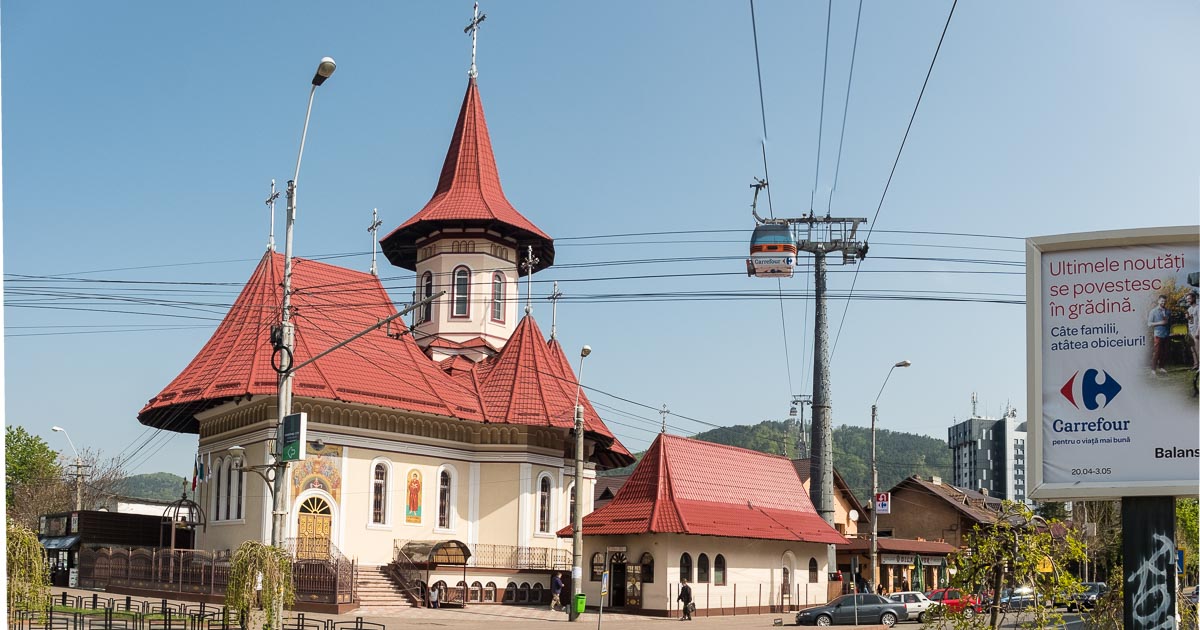
Our destination in Romania was Piatra Neamț in the North East Region of Neamț. We had come so Karin could meet with her potential future partner there and to see the city it would run in. Piatra Neamț is a ski resort in the winter, and in summer it is a perfect hiking destination. So as suggested by Vlad and Ana (a huge thank you again for all your directions and maps) we went for a hike near the Red lake. It was a 1600m high gorge with mountains and forests all around where we could walk around the mountain to get to the beautiful panoramic views at the top. The walk was well signposted and boasted some great information panels about the local wildlife, fauna and flora, and warning us to stay clear of some local snakes and spiders.
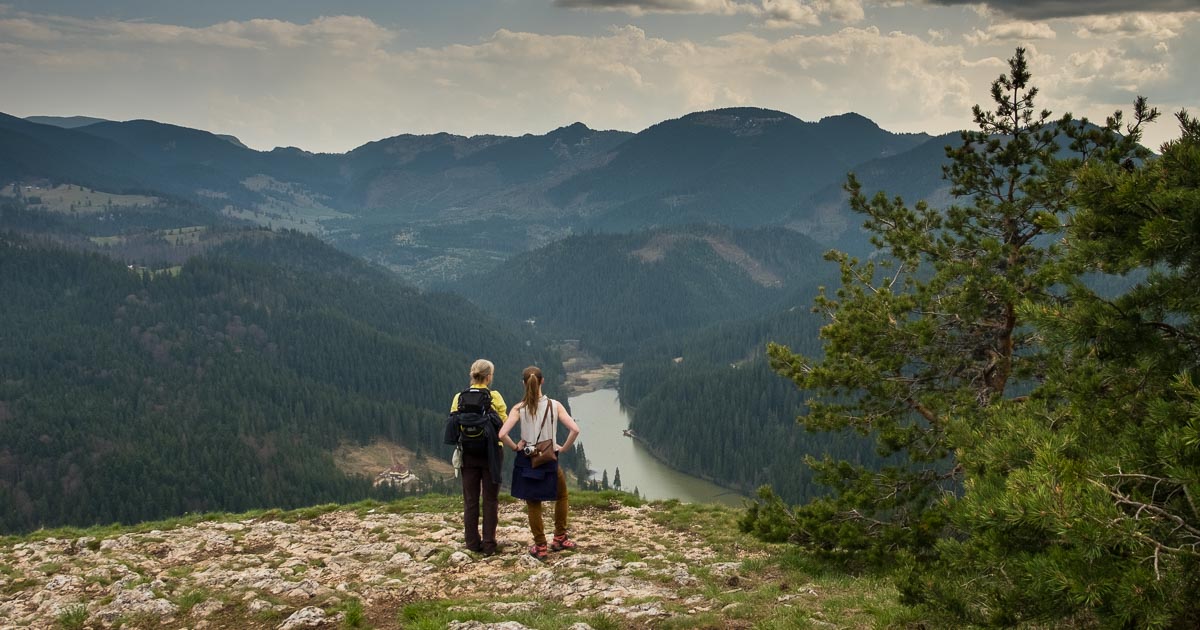
After our hike, we passed a stork nest, before stopping at a local shop for supplies, and later a very small village pub, where with sign-language and 3 words of Romanian we managed to make ourselves a very needed cup of black tea with milk (note the Romanian “chai”, resembles very close to the Irish “cuppa cha”) made with our stache of Barry’s tea bags, as the lady usually only served coffee and had none. We really felt the continental climate with spring temperatures rising up to 28 Celsius, indeed showing us how the real summer can be mighty hot, with temperatures up to 40 degrees!
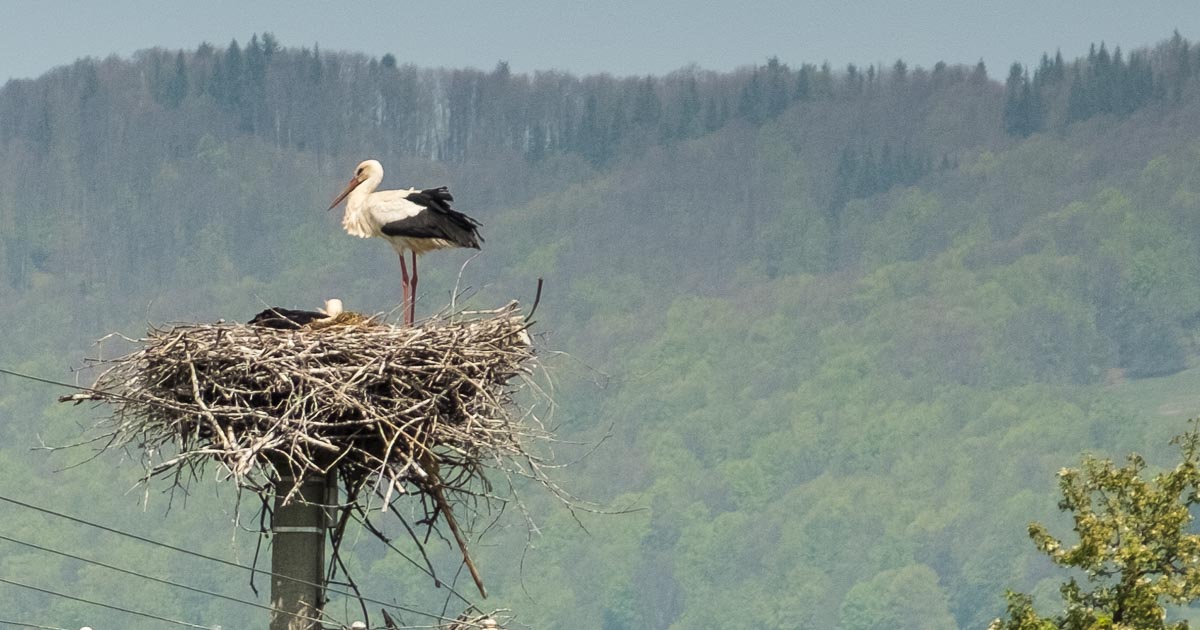
Goodbye friendly farmer, red lake, Piatra Neamt region Romania
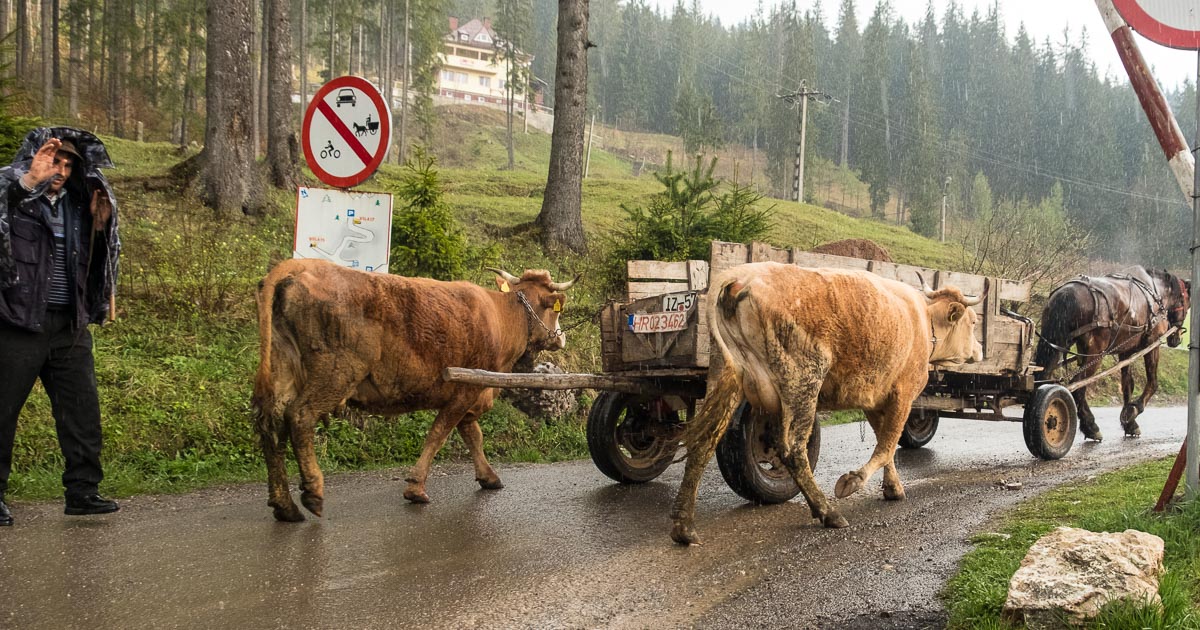
All in all we had a fantastic time in Eastern Europe and look forward to coming back for more.
Can’t get enough of our stories, keep reading at wawt.ie/news!
